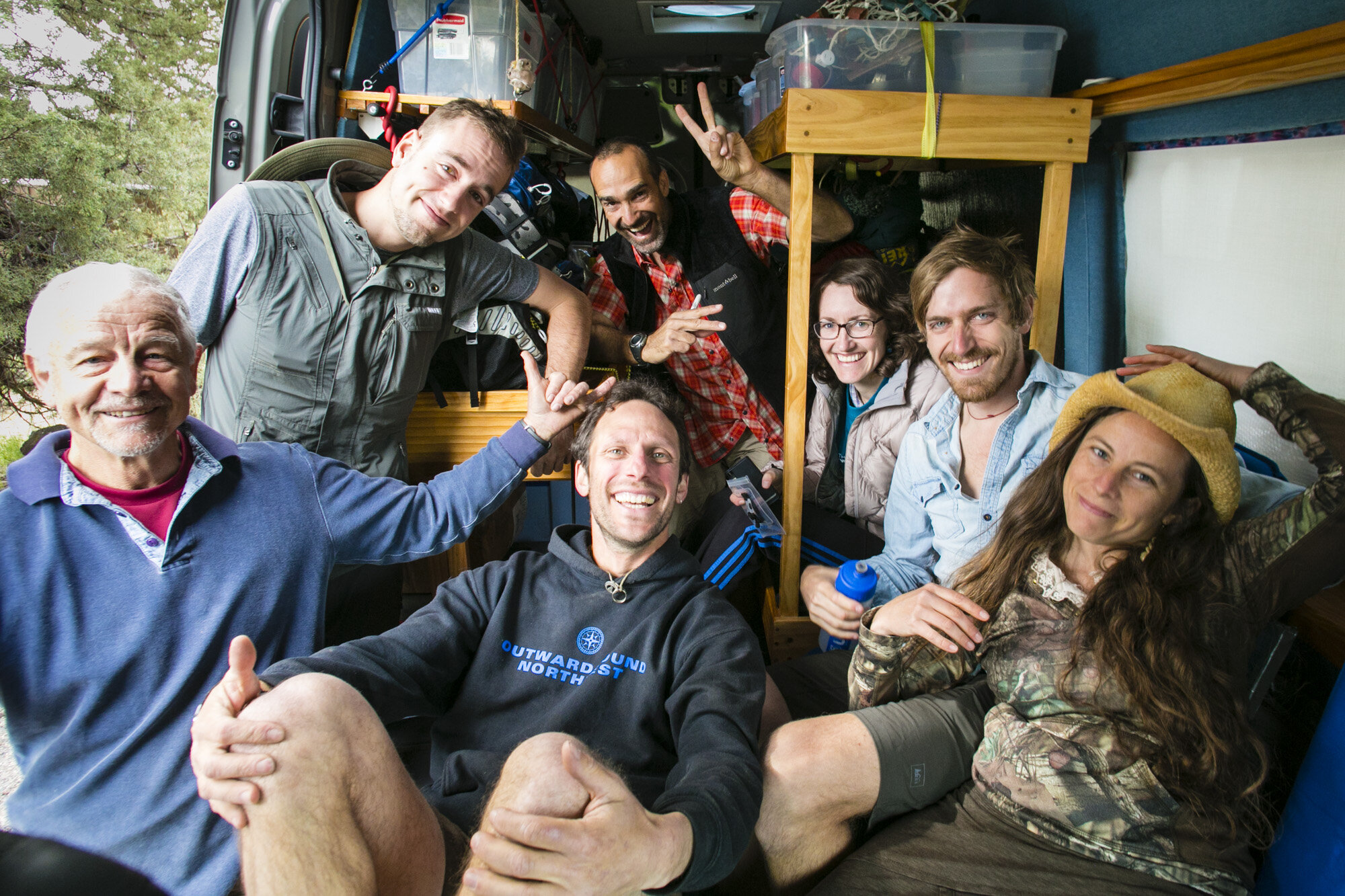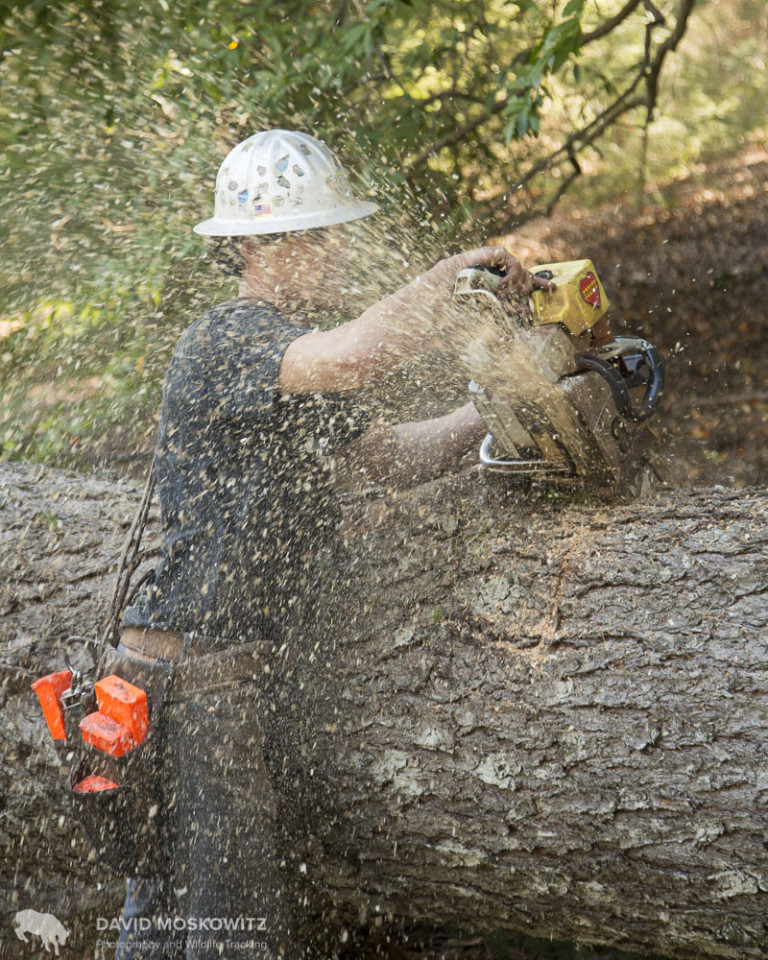The Oregon Department of Wildlife recently announced that wolf OR7 has likely passed away over the winter. The news inspired me to go back and reflect on the expedition that I joined to retrace the steps of this animals amazing 1200 mile dispersal which took him from northeastern Oregon down into California and back into southwest Oregon.
In the spring of 2014, a team of 5 of us, supported by a dedicated logistics member, set out for over a month on foot and bicycle to retrace the route of OR7 in order to see the world that this 21st century wolf encountered. It had been nearly a century since wolves where last known to be present in most of the landscapes he traveled through and a lot has changed in 100 years.
Here are some photos from the expedition. Learn more about OR7, his journey and ours, at our expedition website: or7expedition.org where you can also stream the documentary we produced about the expedition and what we learned about human-wildlife co-existance in the modern world along the way.
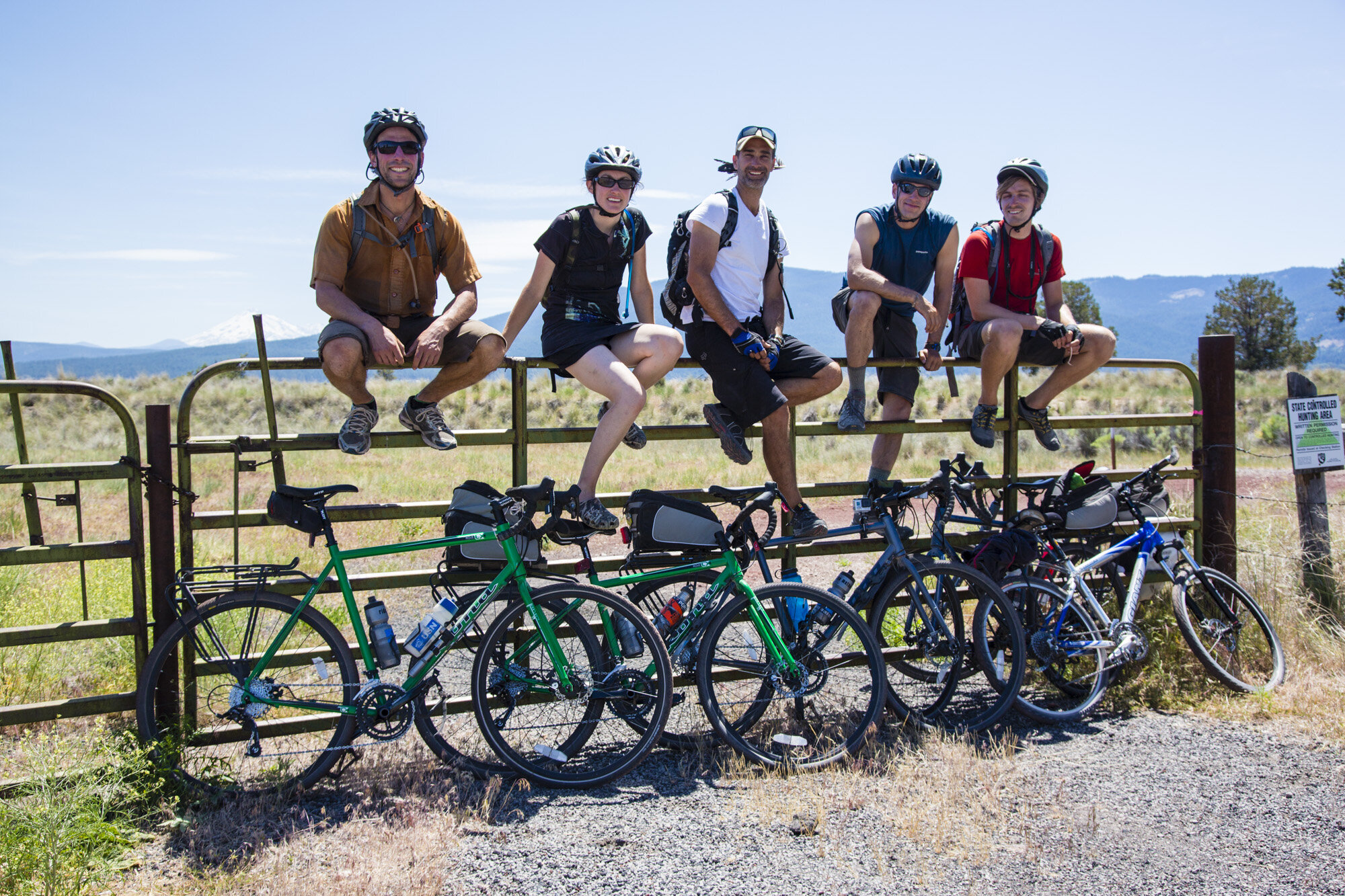
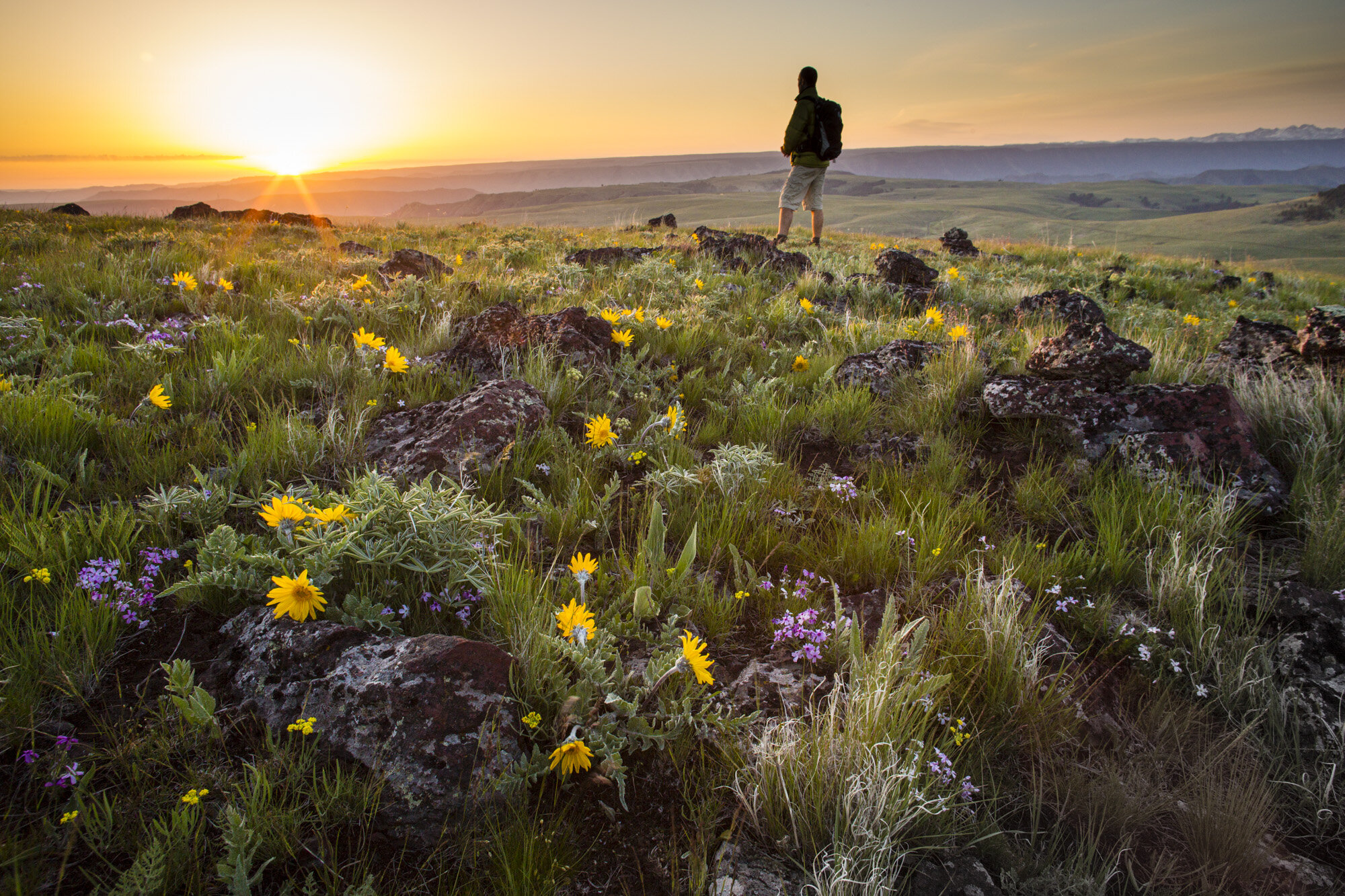
Sunrise on the Zumwalt Prairie, OR7’s stomping grounds when he was born and close to the start of our expedition.
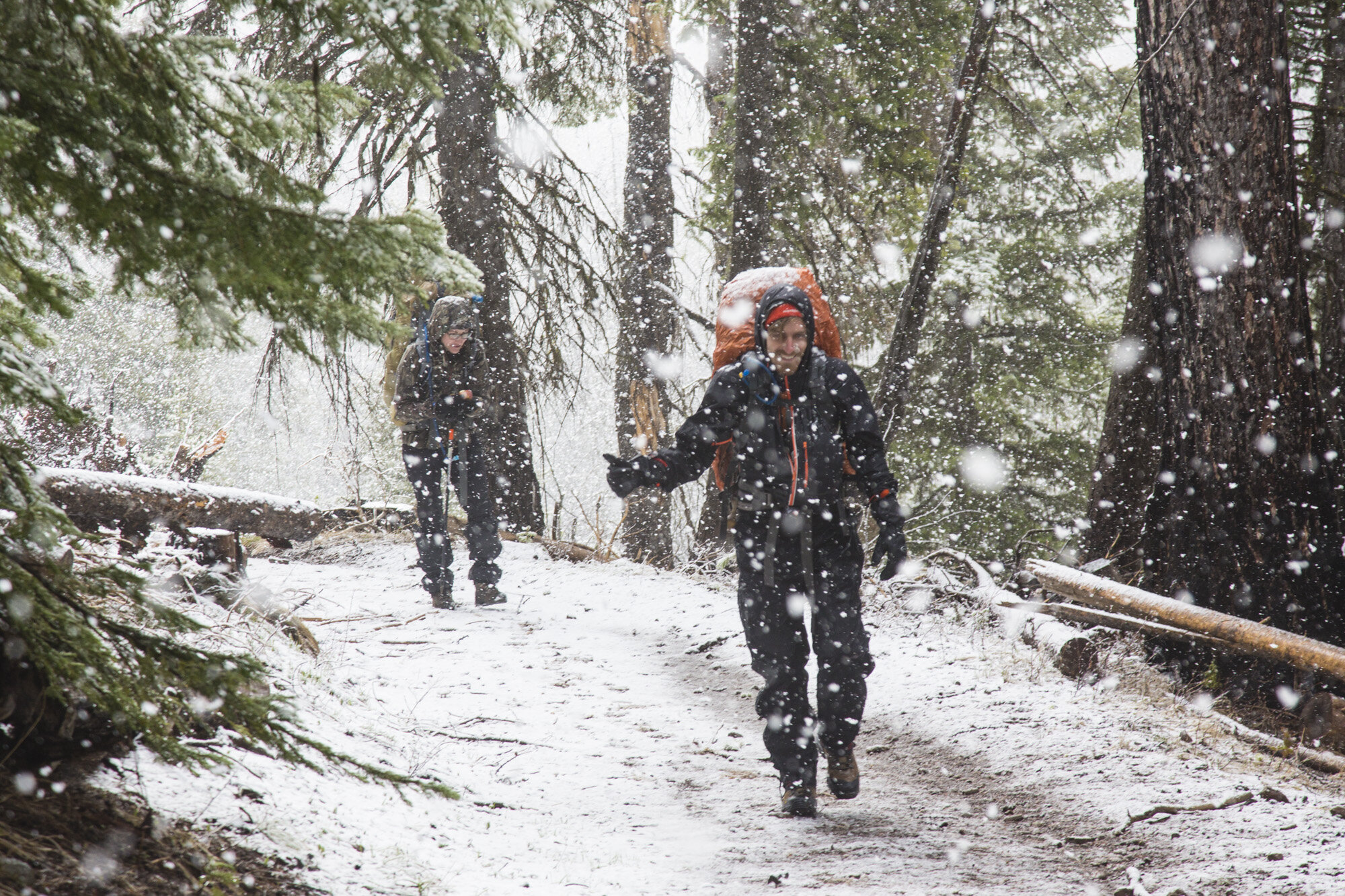
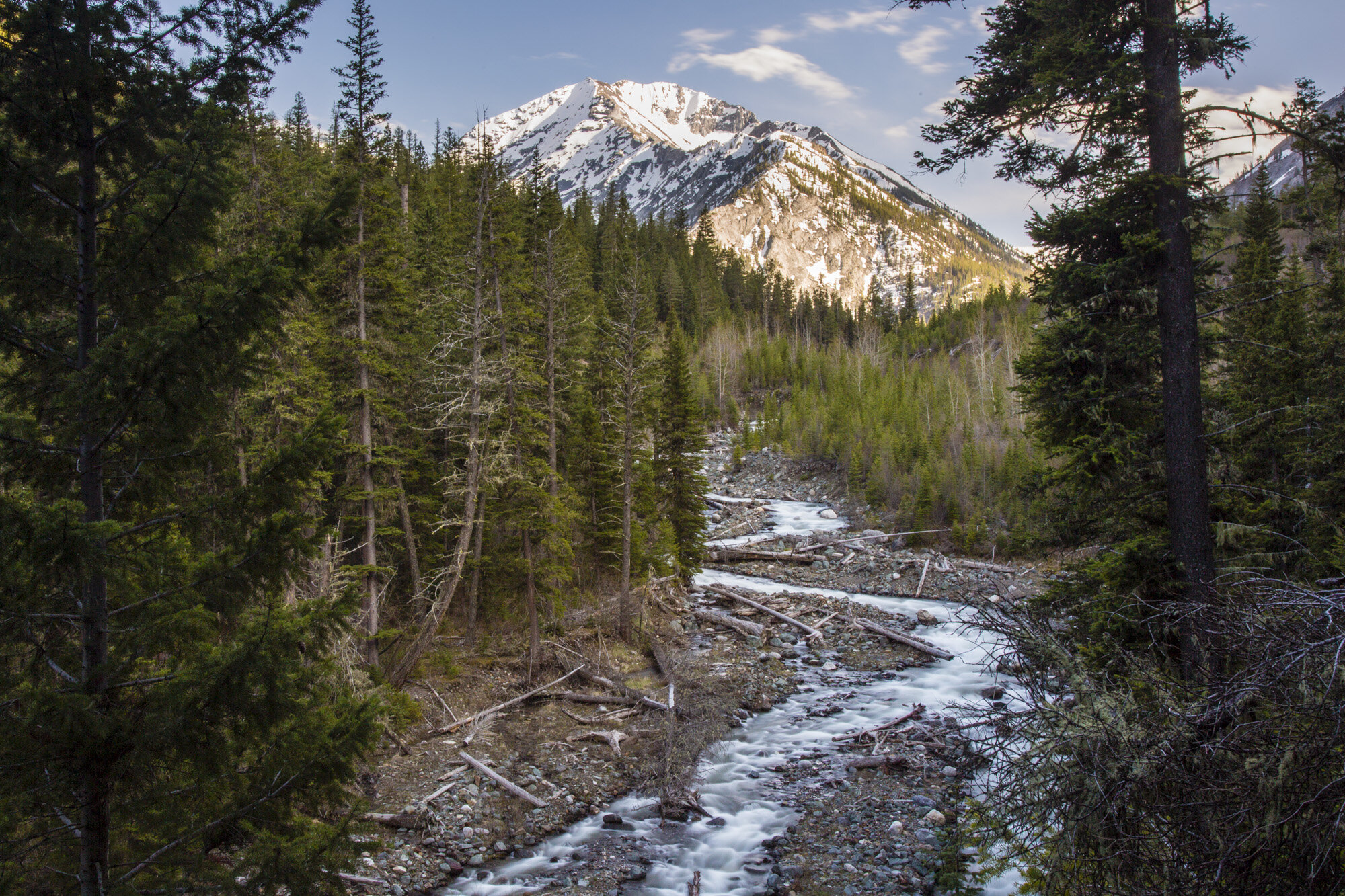
Huricanne Creek and Sacajawea Peak in the Eagle Cap Wilderness, Wallawa Mountains, Oregon.
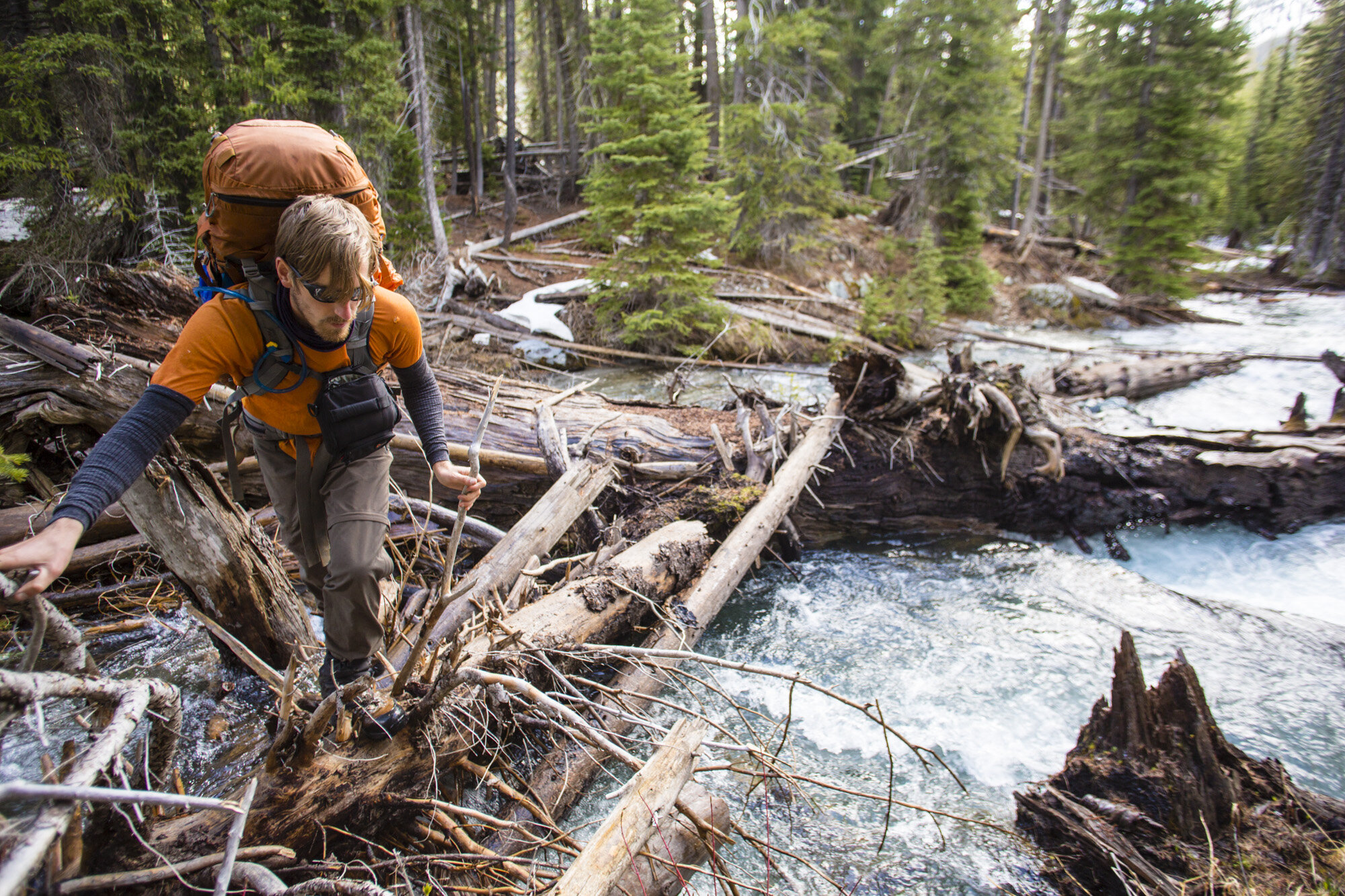
Jay Simpson crossing the upper Imnaha river on a log jam in the Eagle Cap Wilderness, Oregon.
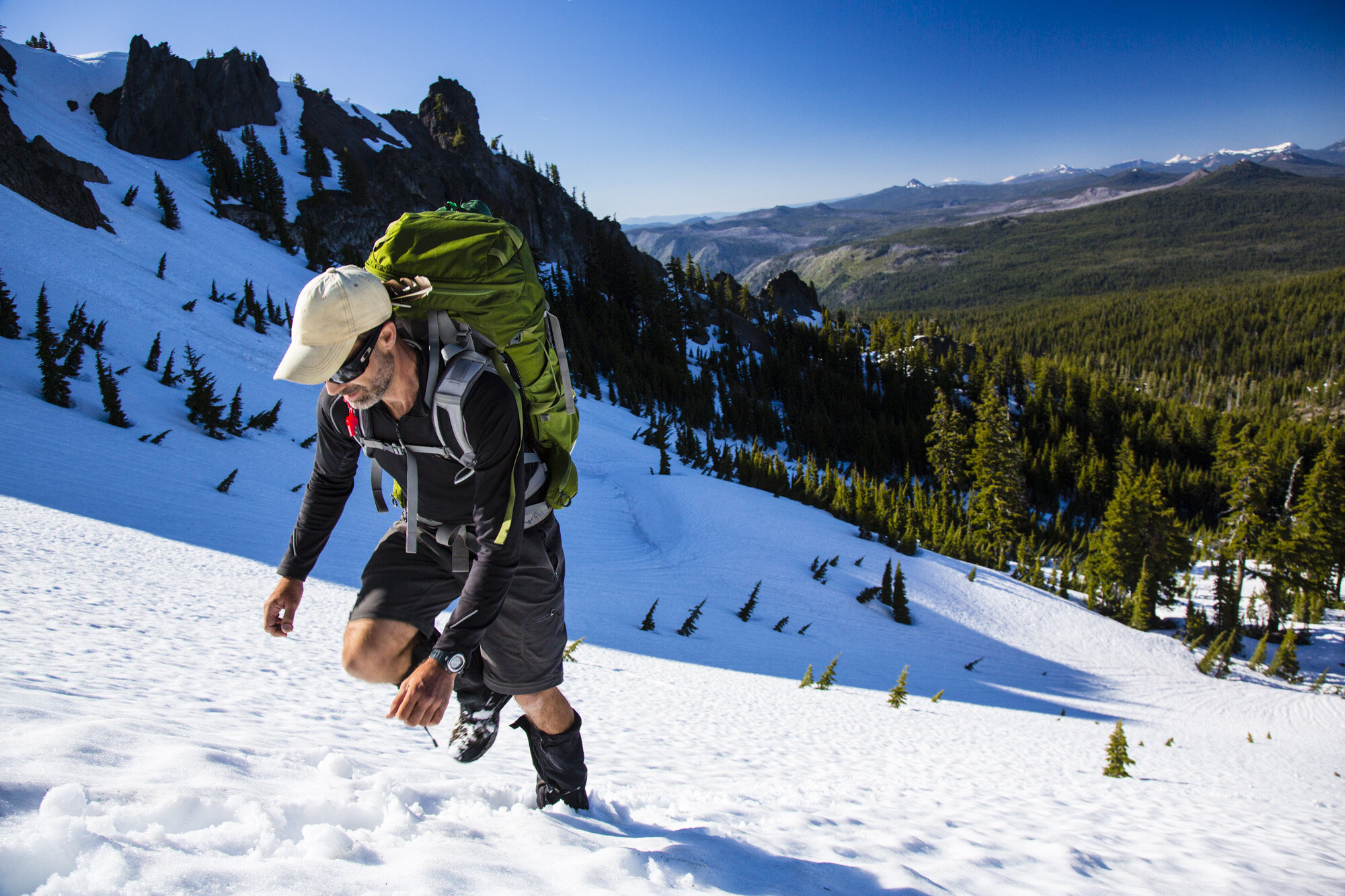
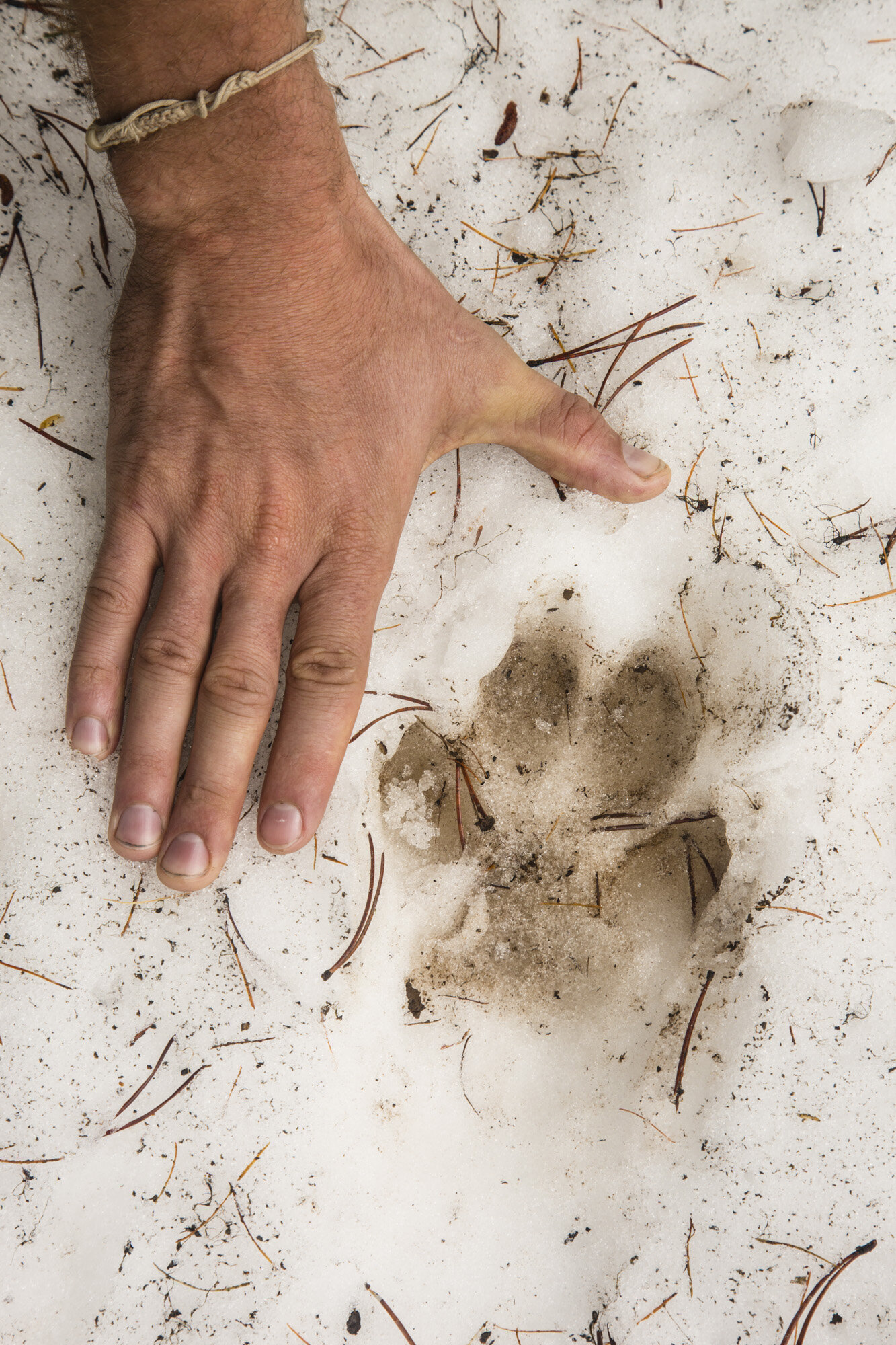
Tracks of a lone wolf in the Eagle Cap Wilderness, Oregon. Found by the OR7 expedition team during our crossing of the south end of the wilderness at the start of the expedition to retrace OR7's route.
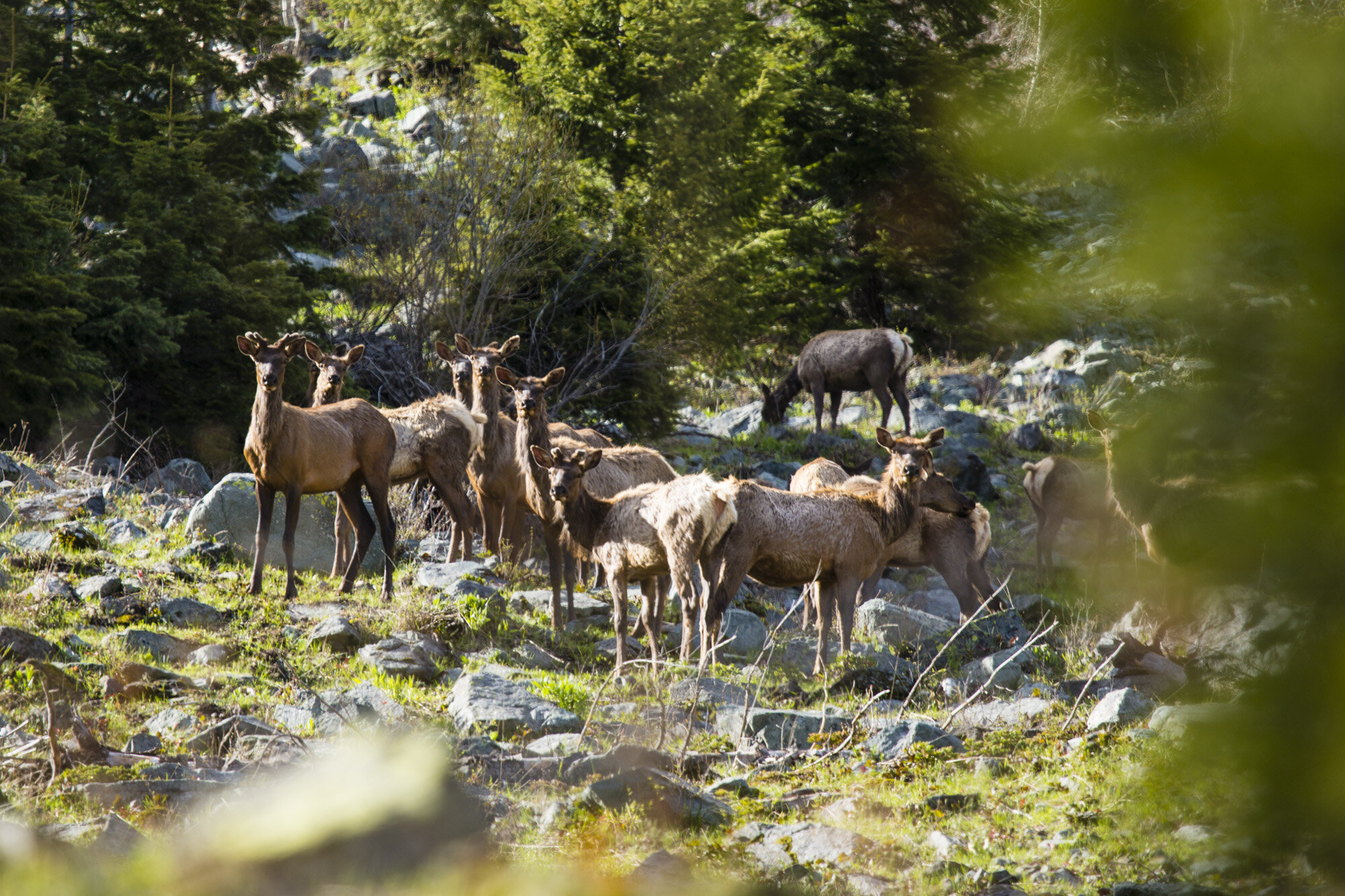
Herd of elk in the upper Imnaha river canyon, Eagle Cap Wilderness, Oregon.

Strawberry Mountain wilderness
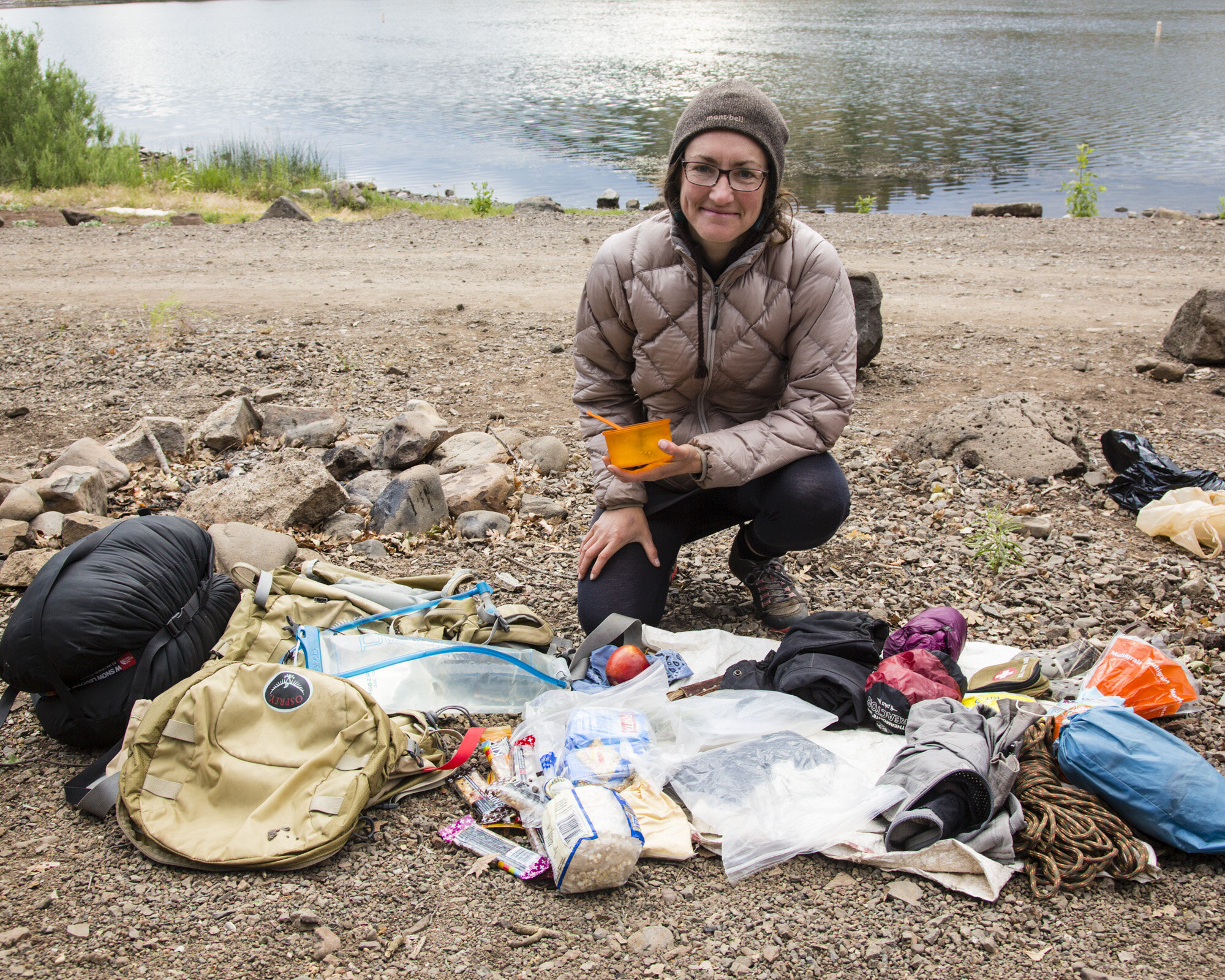
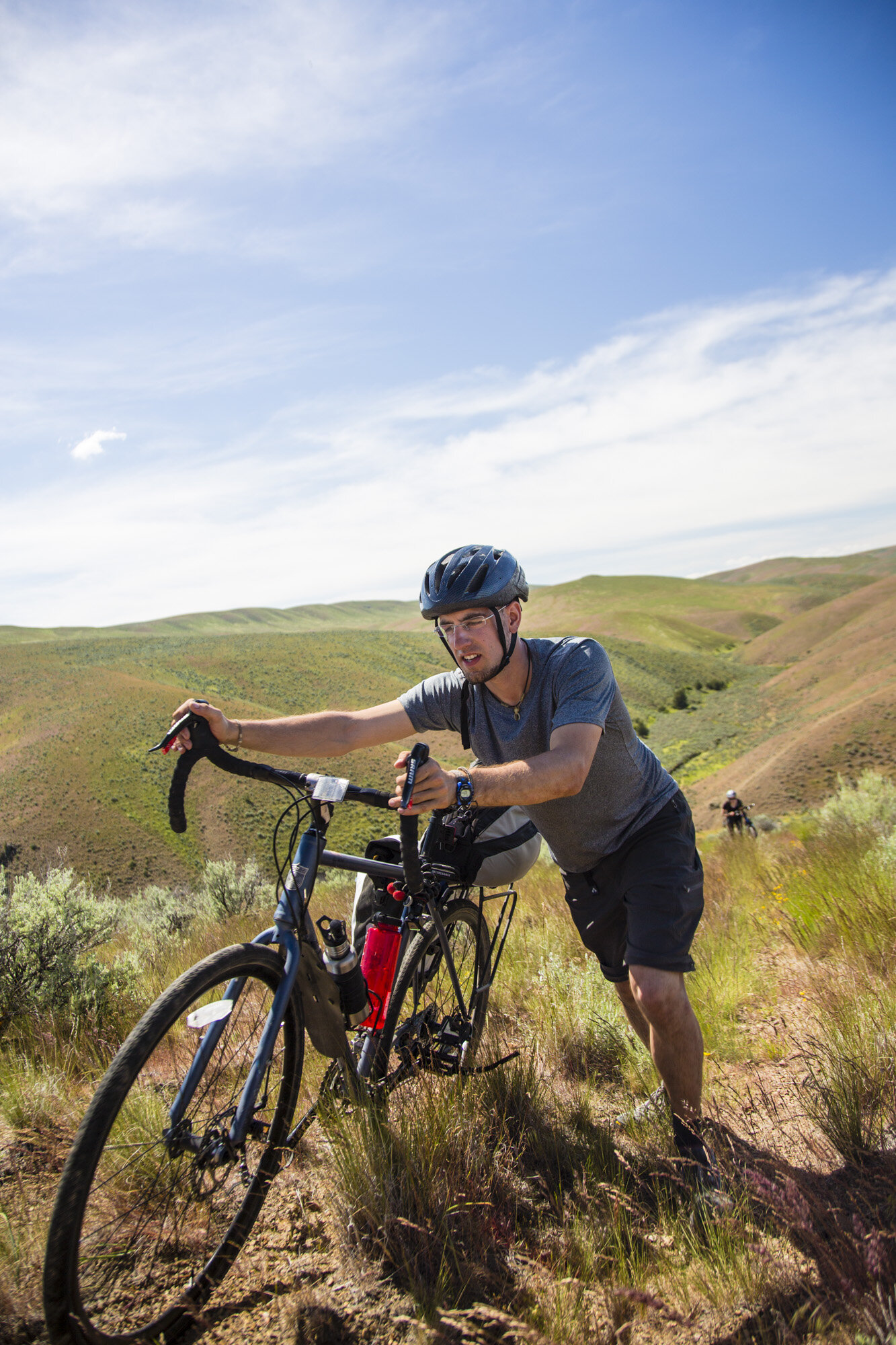
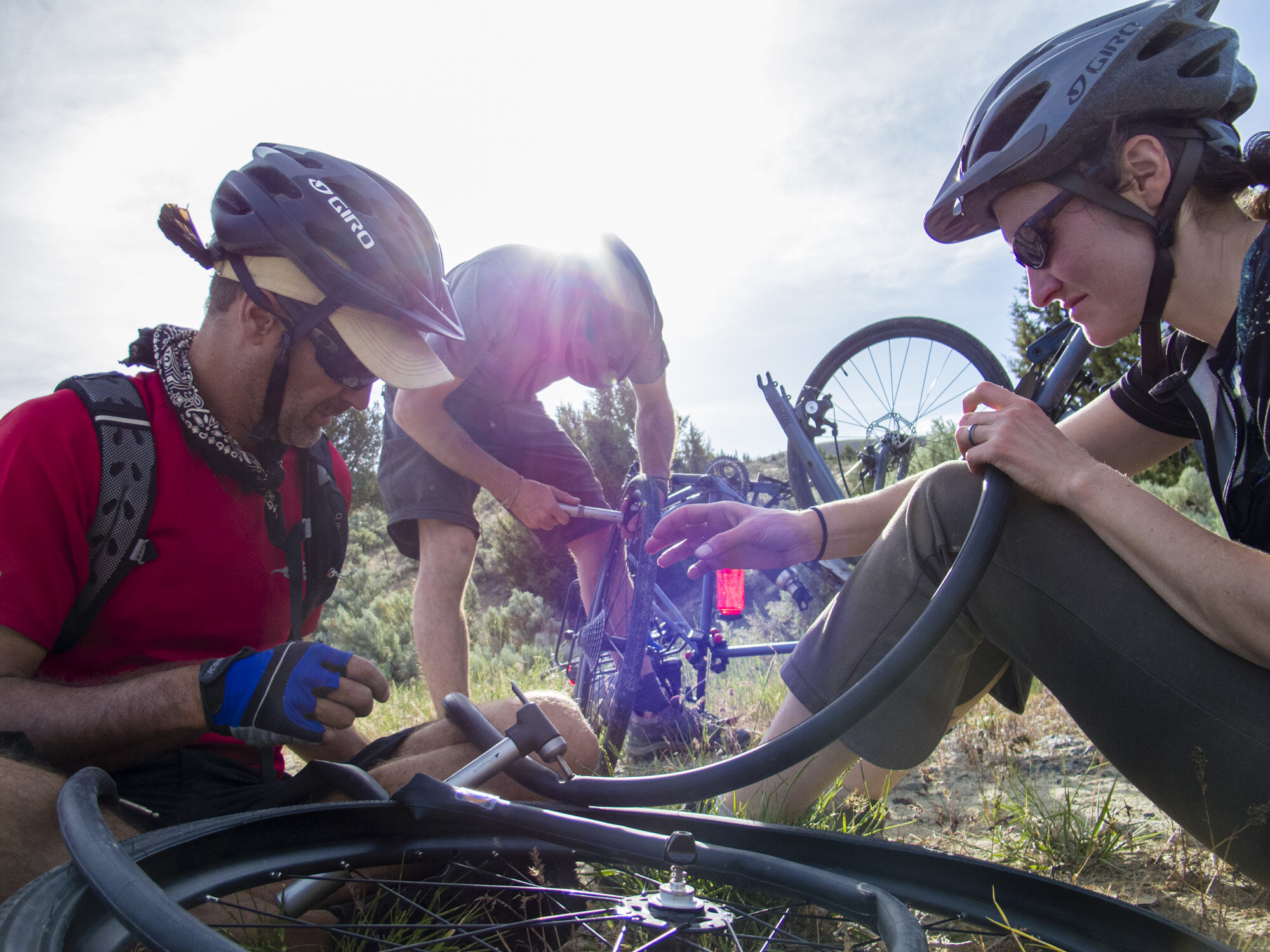

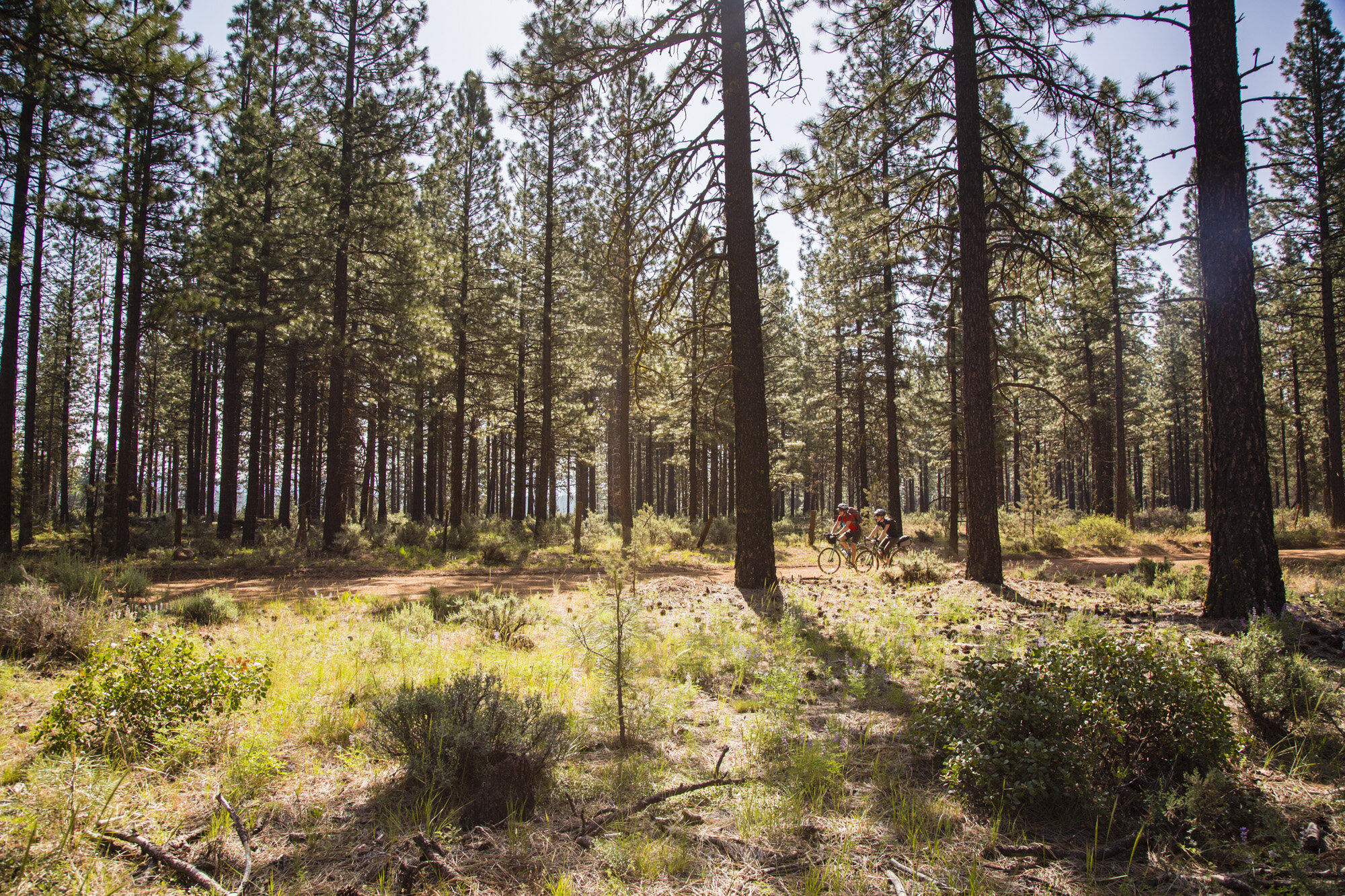
Jay Simpson and Rachael Pecore bike through Ponderosa pine forest in Siskiyou County, California.
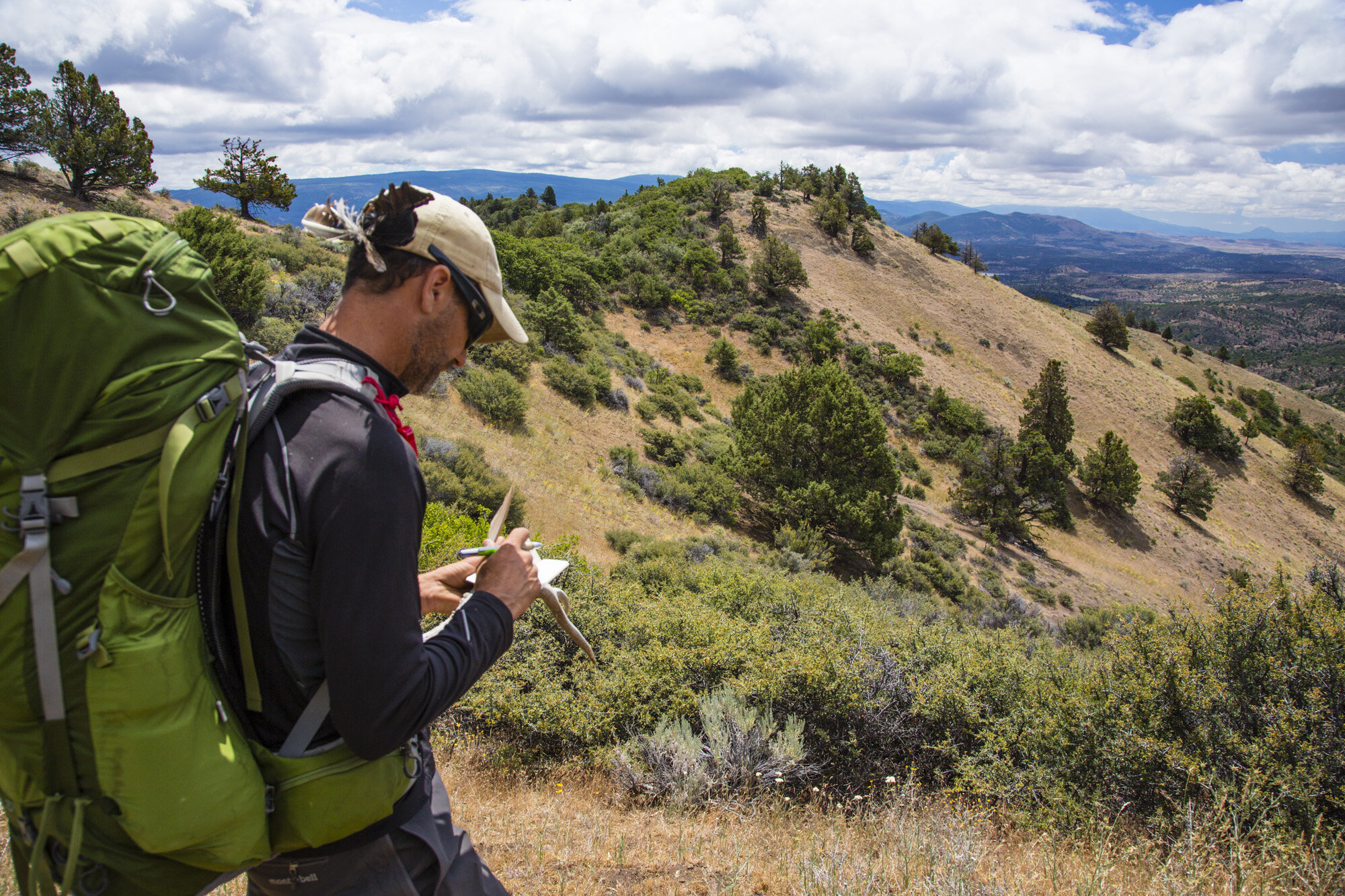
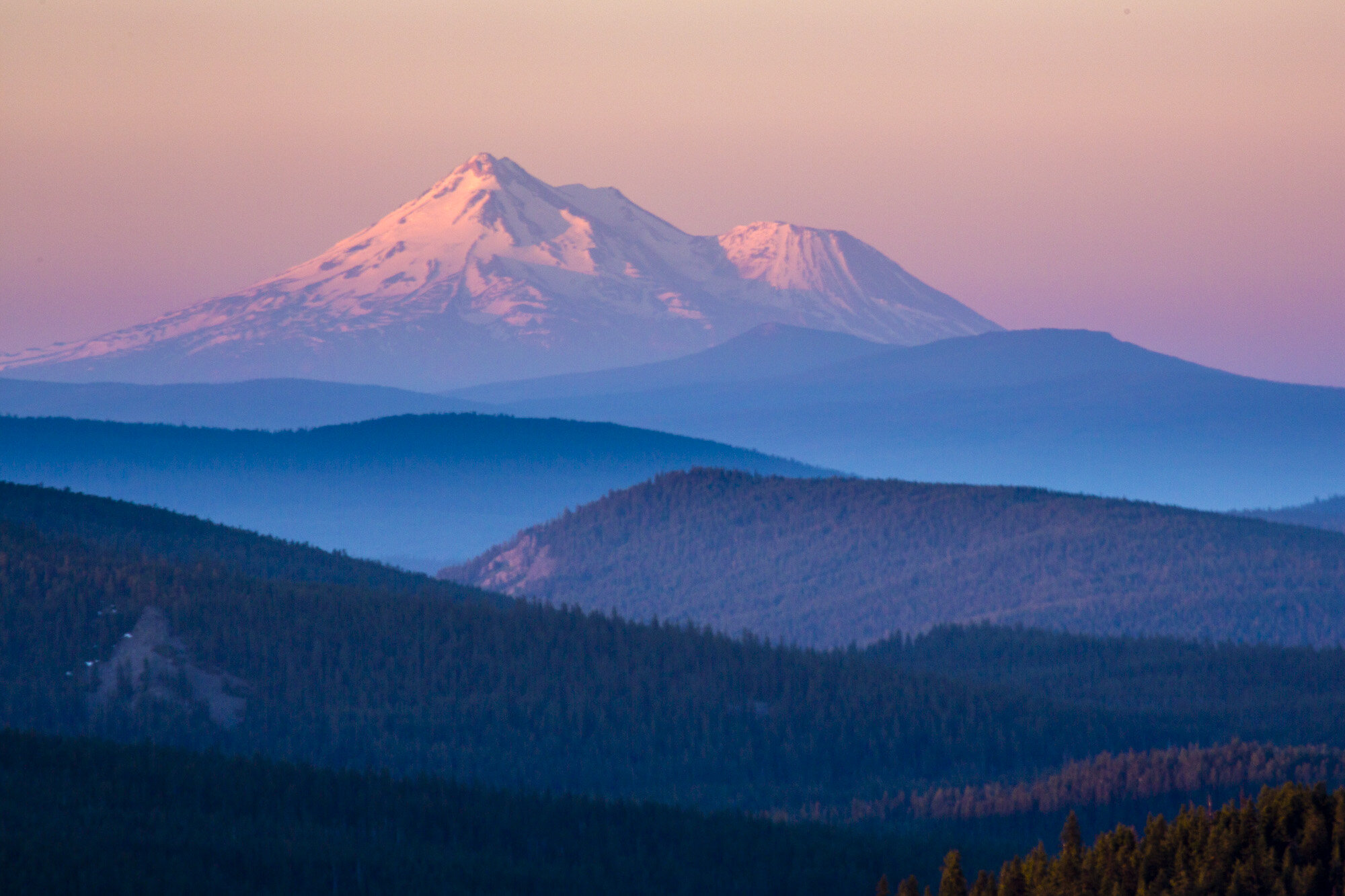
Morning light on Mount Shasta, California.
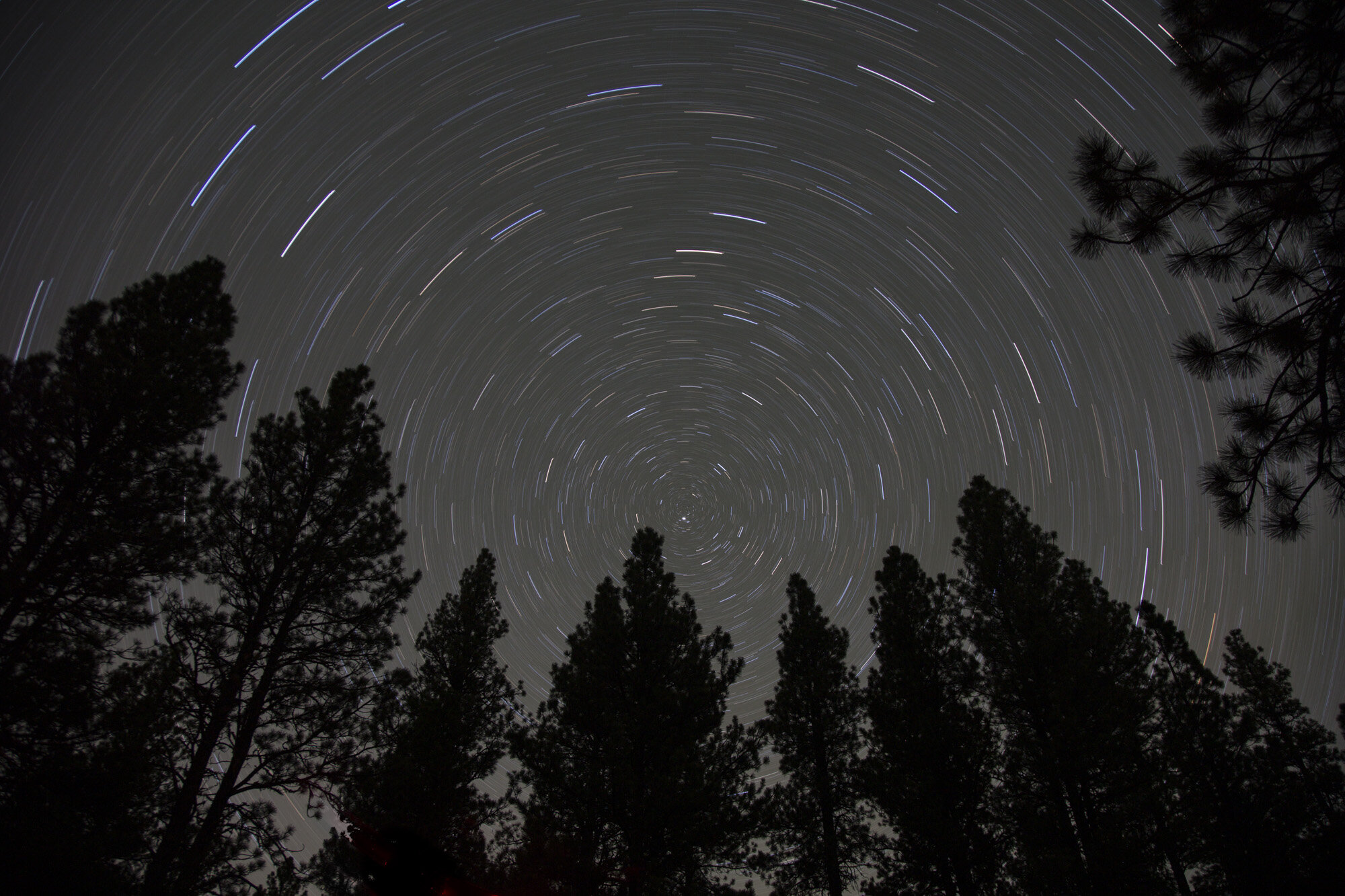
Stars and pine forest. Northeastern Oregon. Photographed from camp during the OR7 expedition.
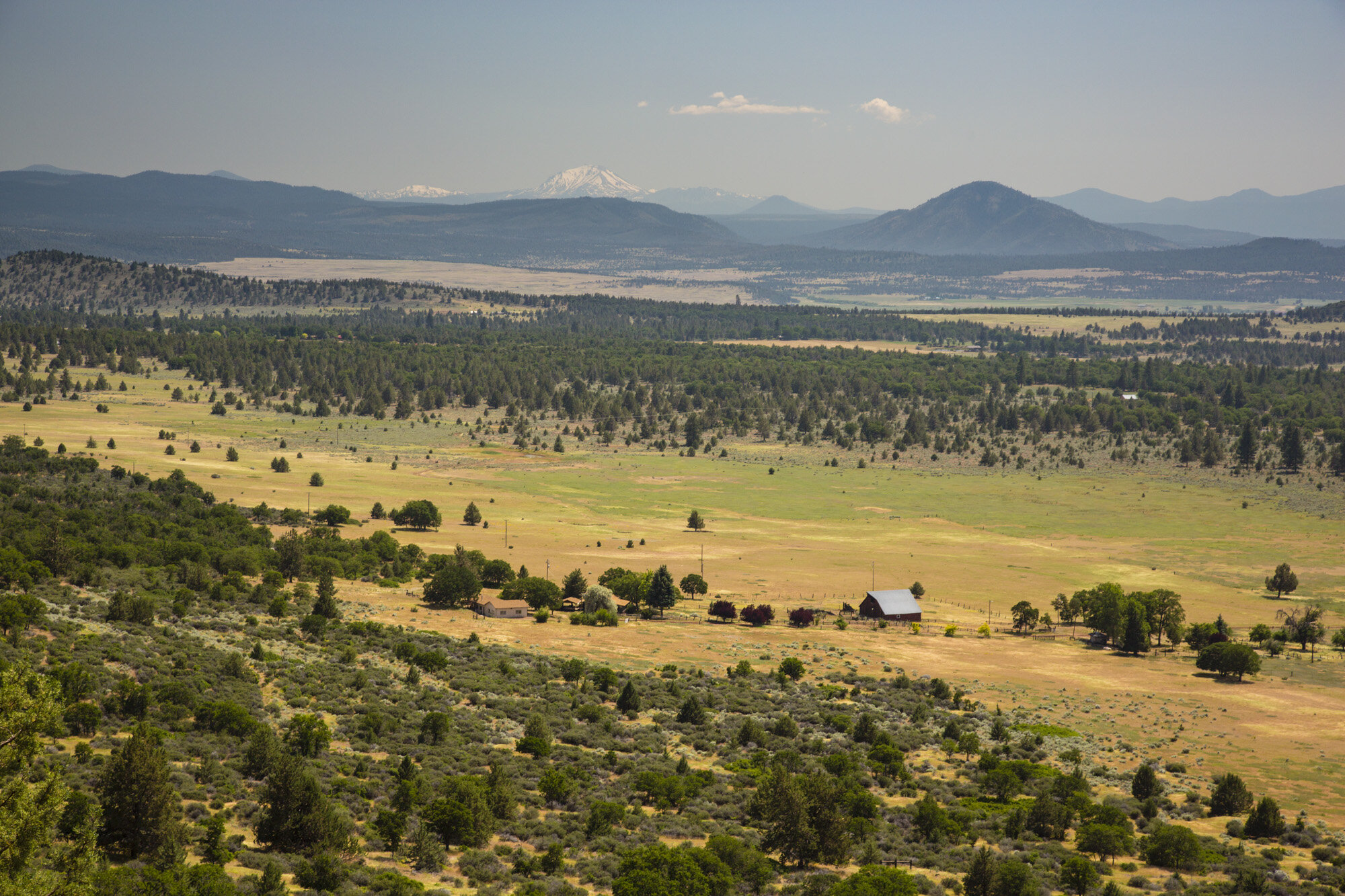
OR7 wandered across Lassen county for months before returning to Oregon. Lassen County is one of the most sparsely human populated parts of California, (Mount Lassen in the background).
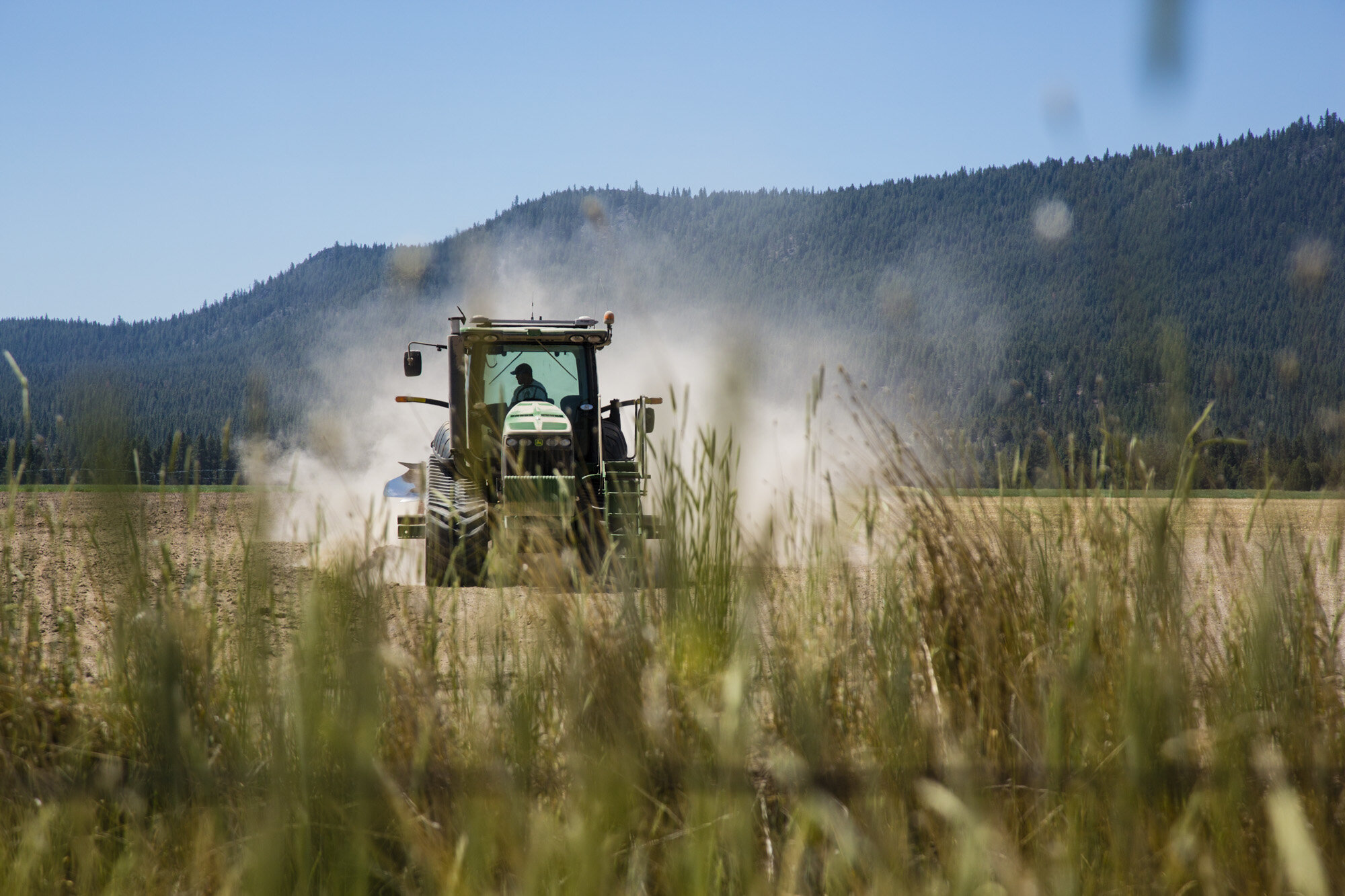
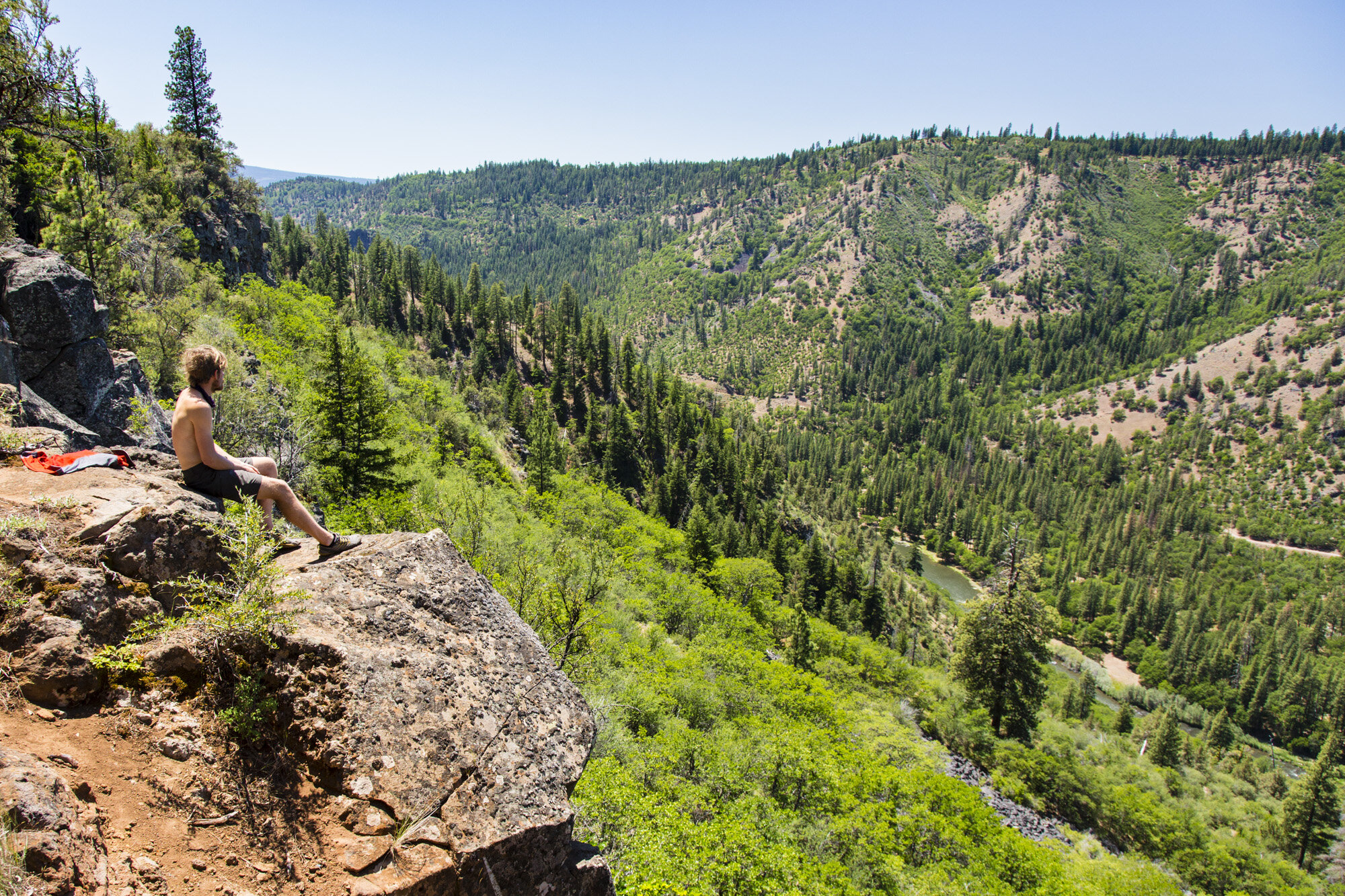
Looking down towards the Klamath River from close to the historic town of Topsy, Oregon.
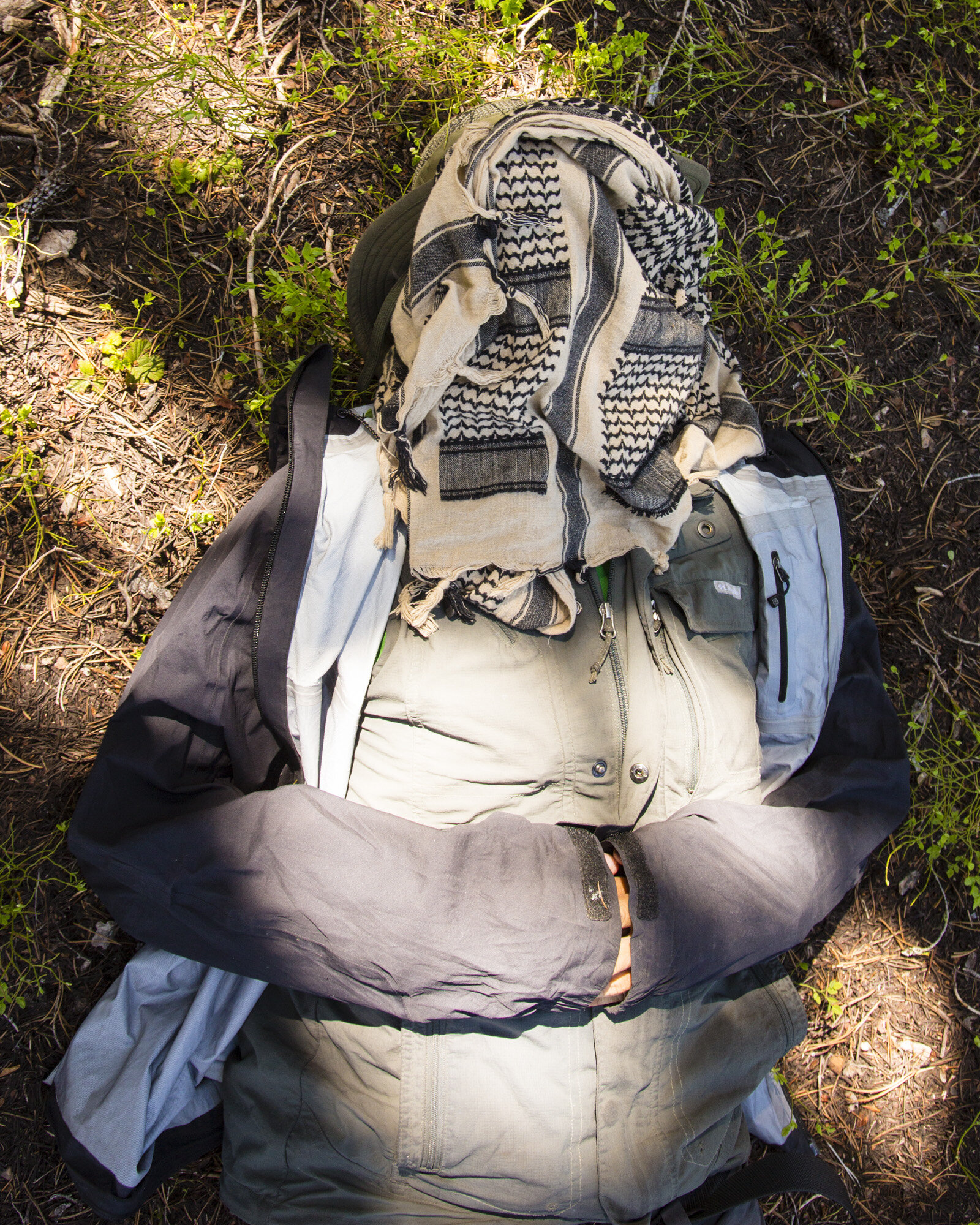
Trying to escape the mosquitoes for a moment in the Cascades.
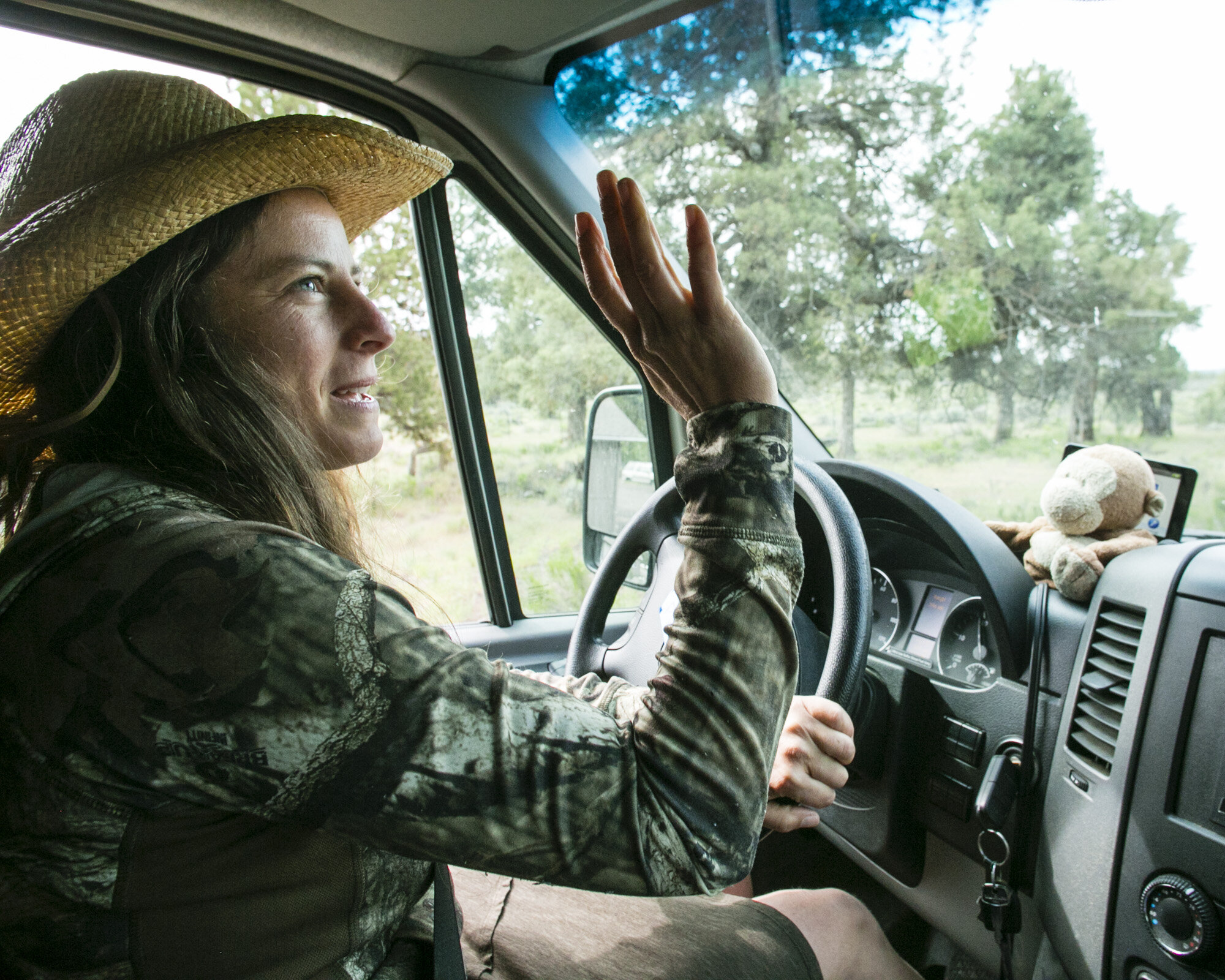
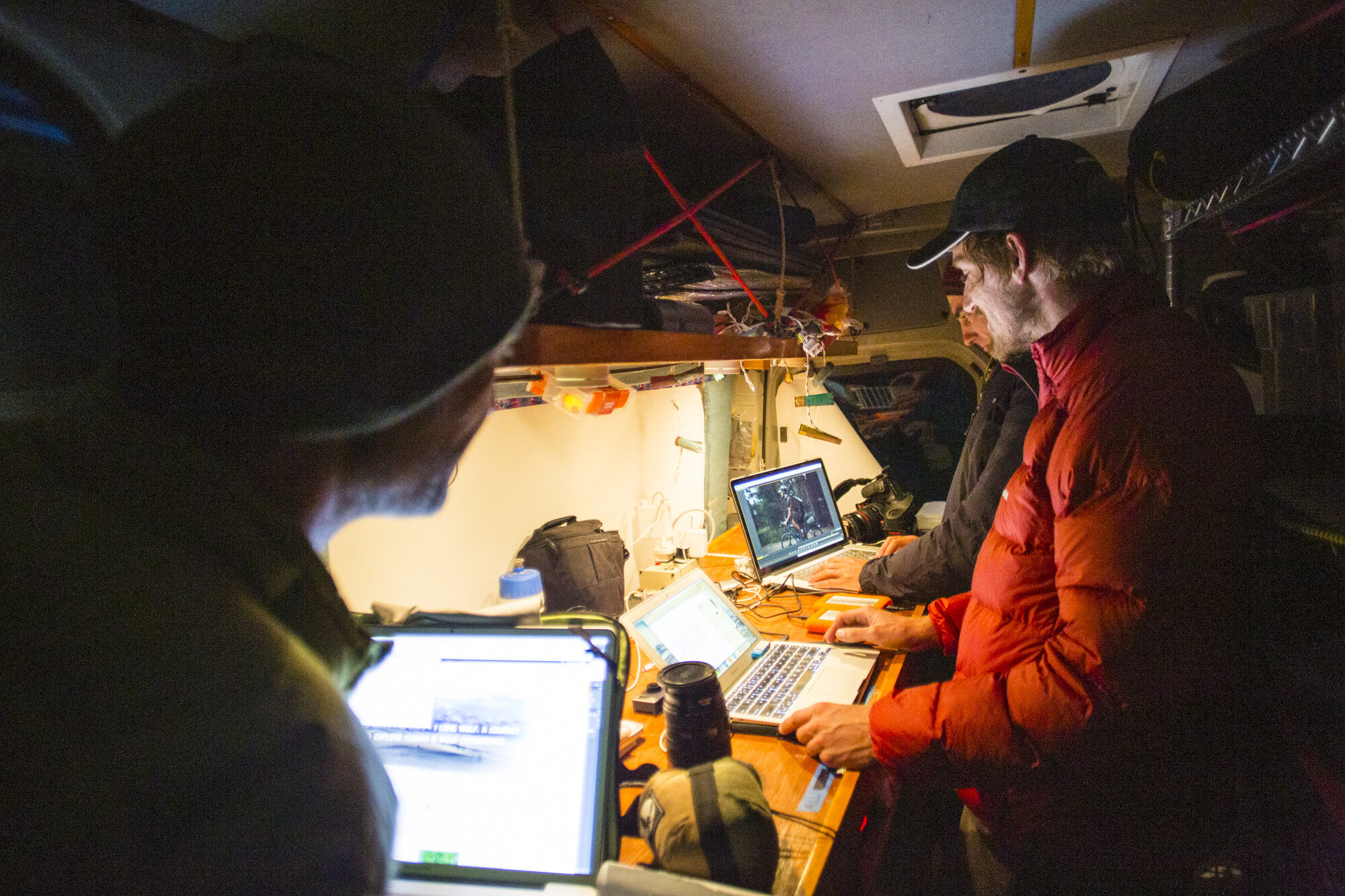


Galeo Saintz bikes towards the setting sun on a quite highway in northeastern Oregon.
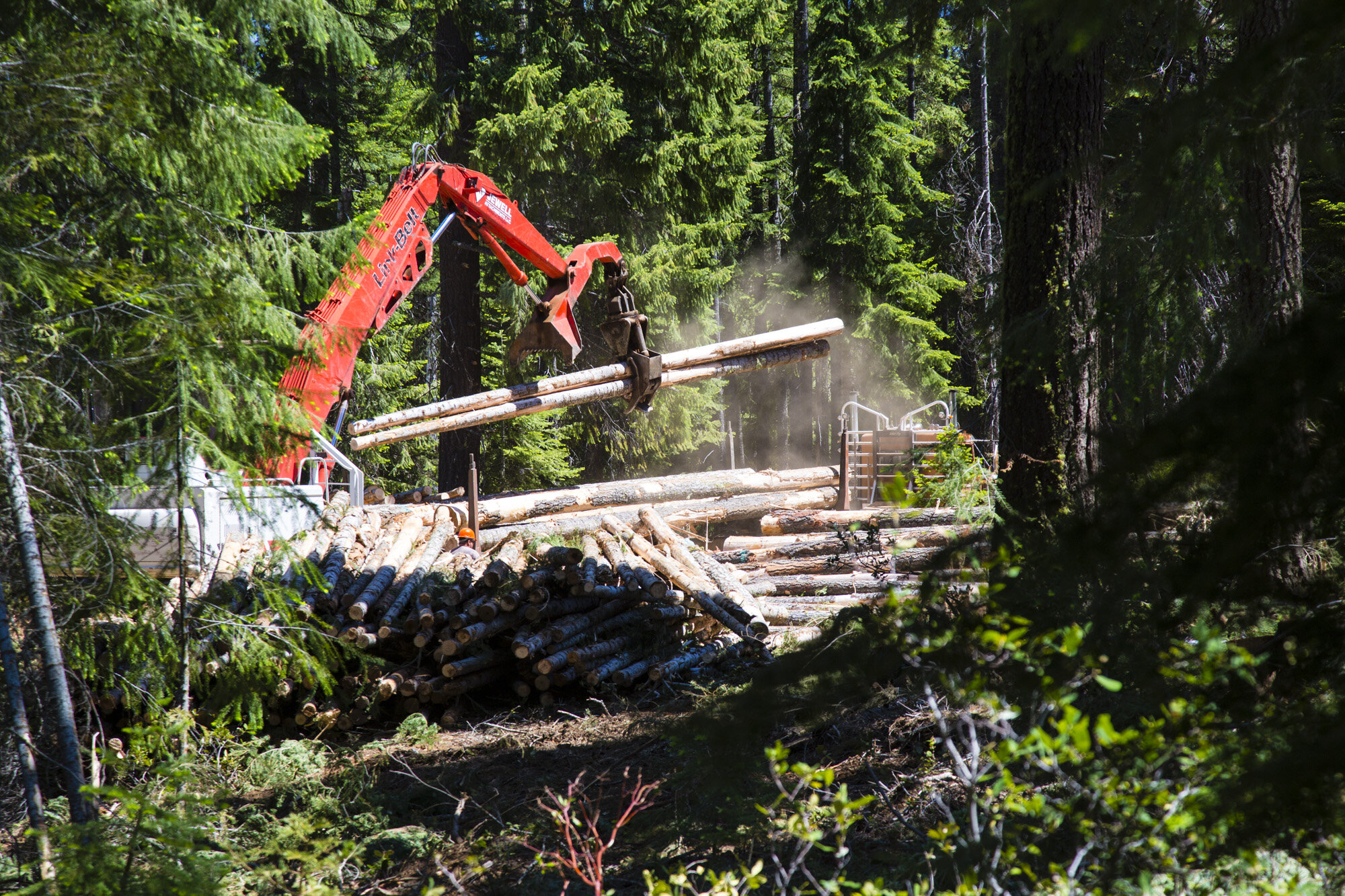
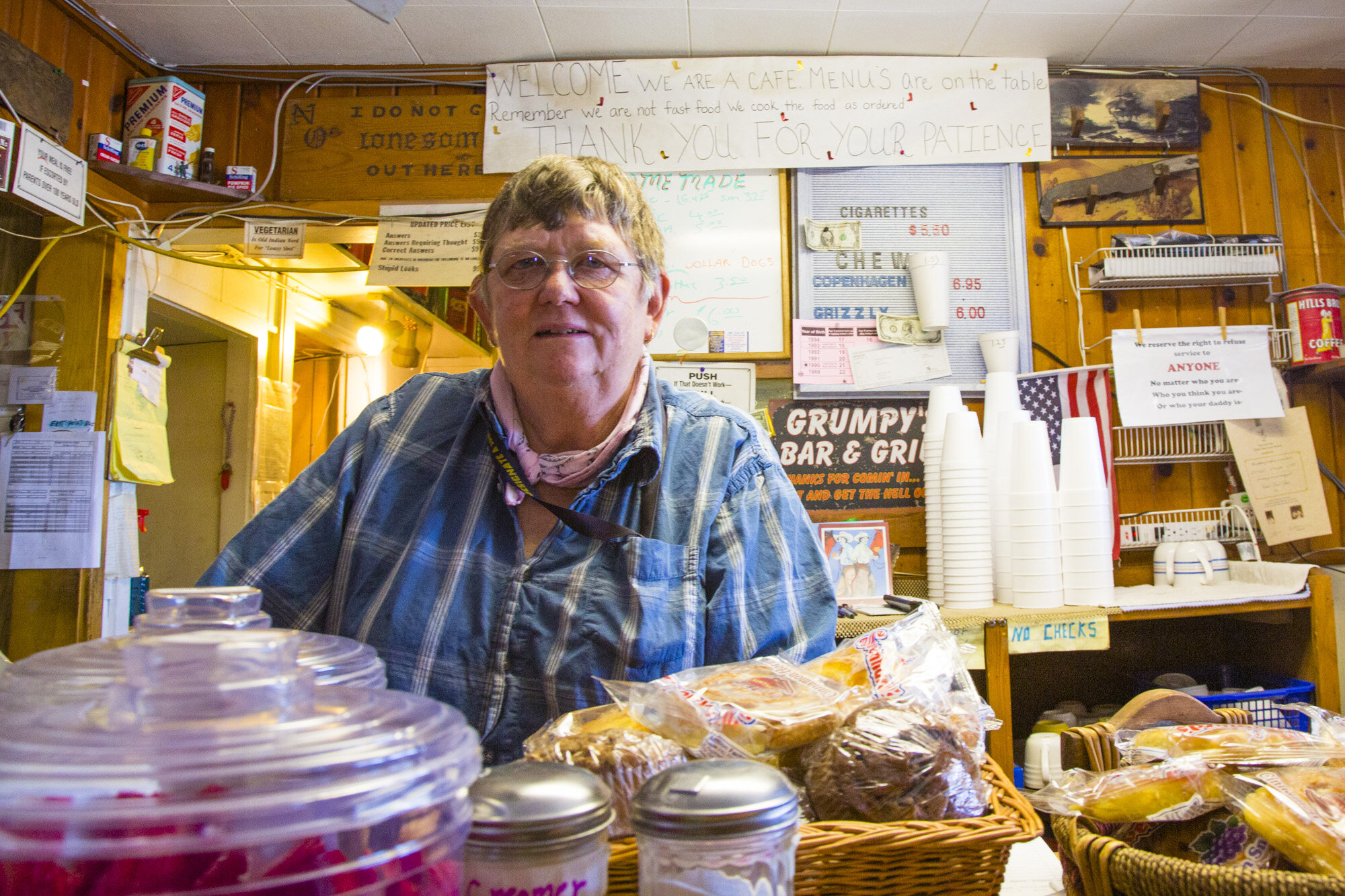
Dixie, owner and proprietor of Brother's Stage Stop and Post office.
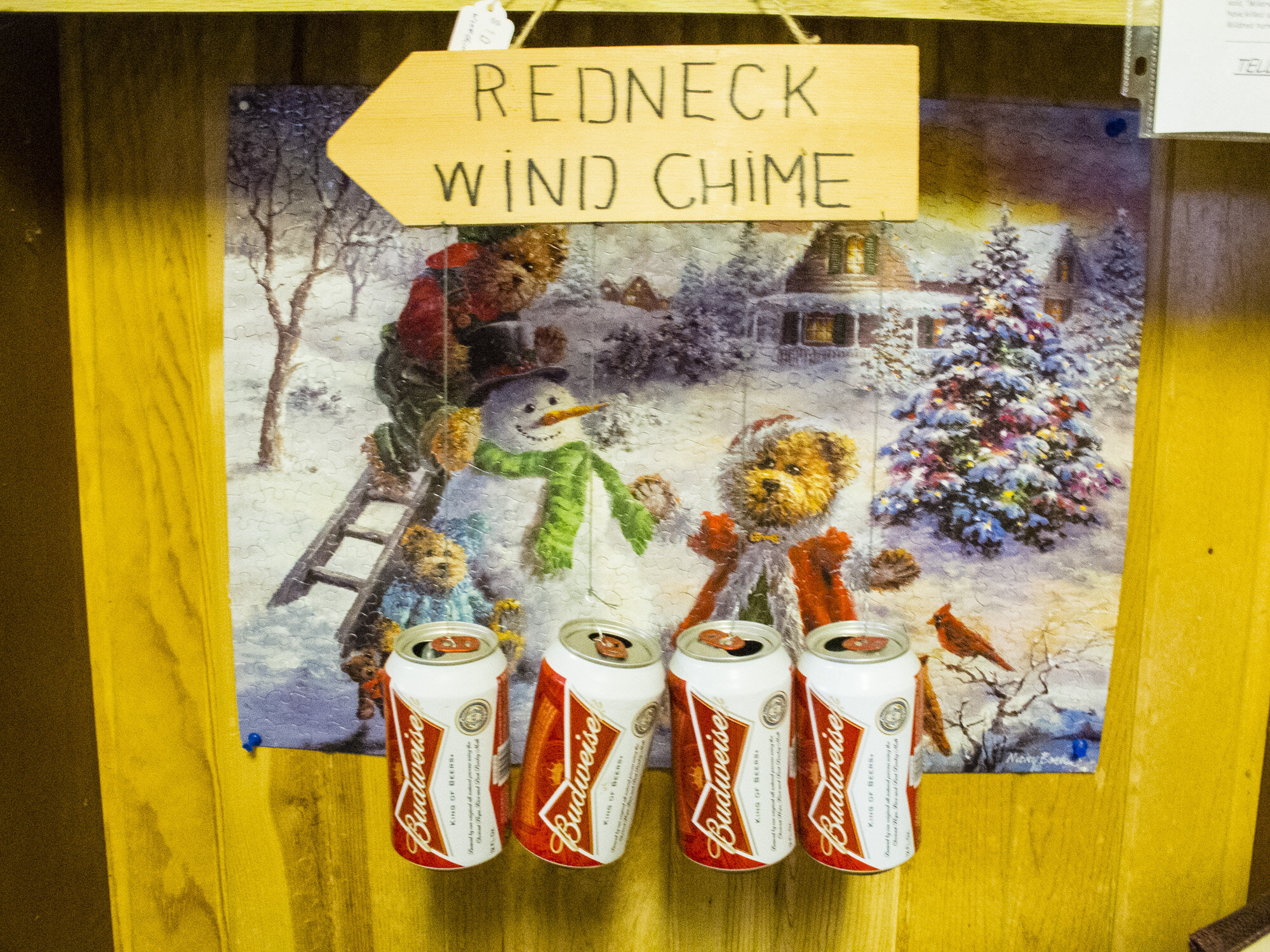
Breakfast stop at the general store in Brothers Oregon.
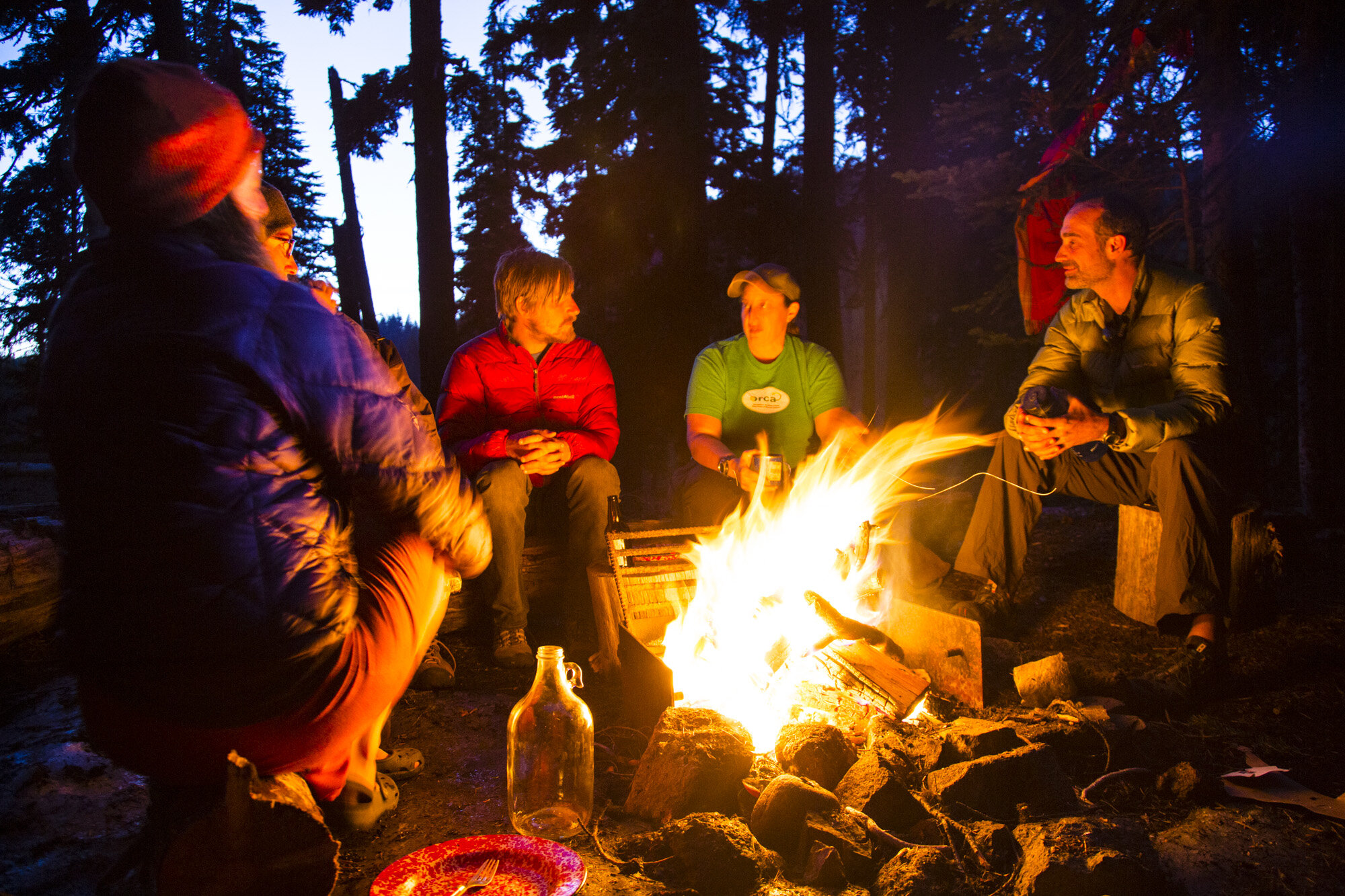
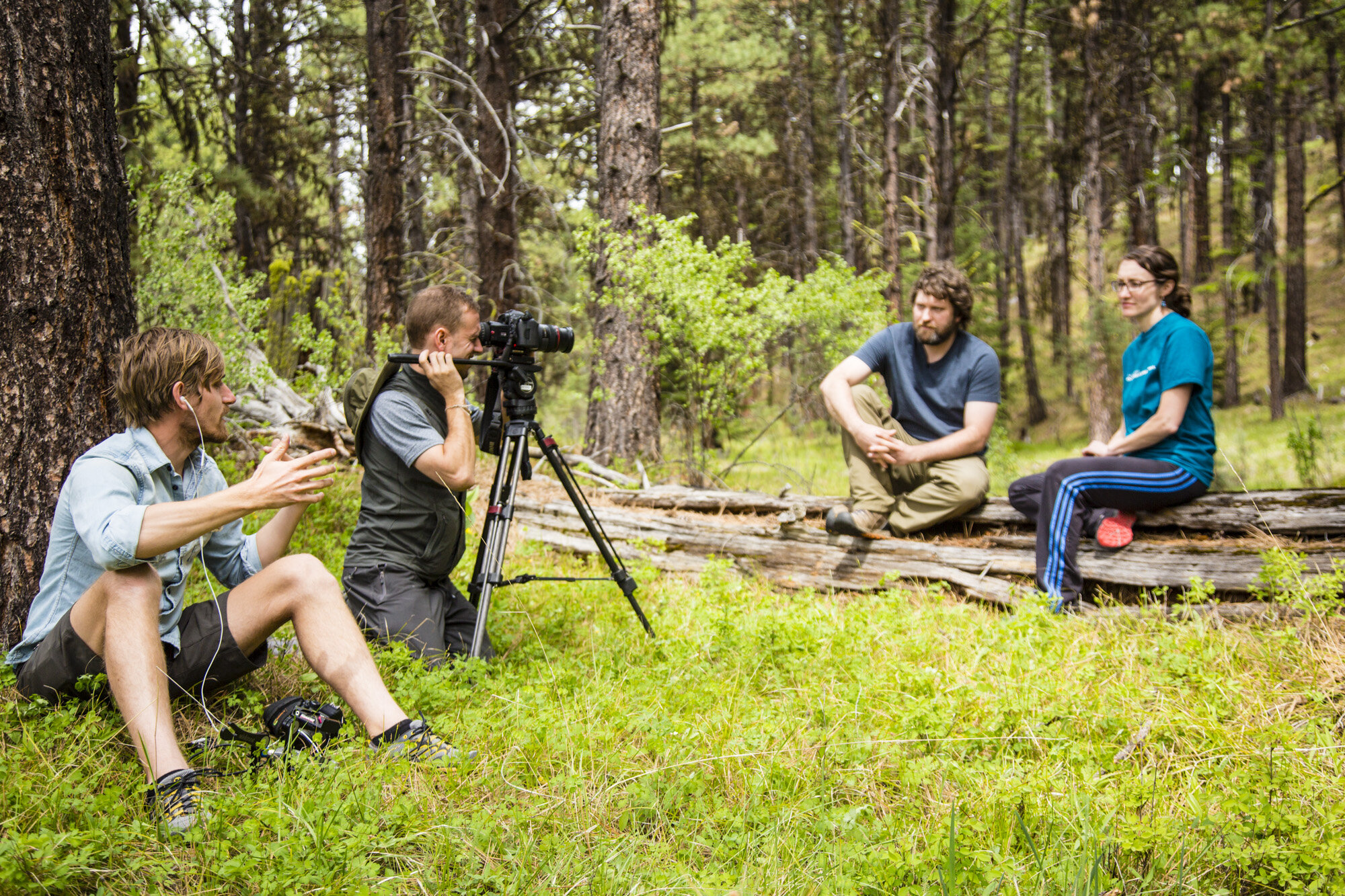
Interview with Rob Klavins, conservationist with Oregon Wild!
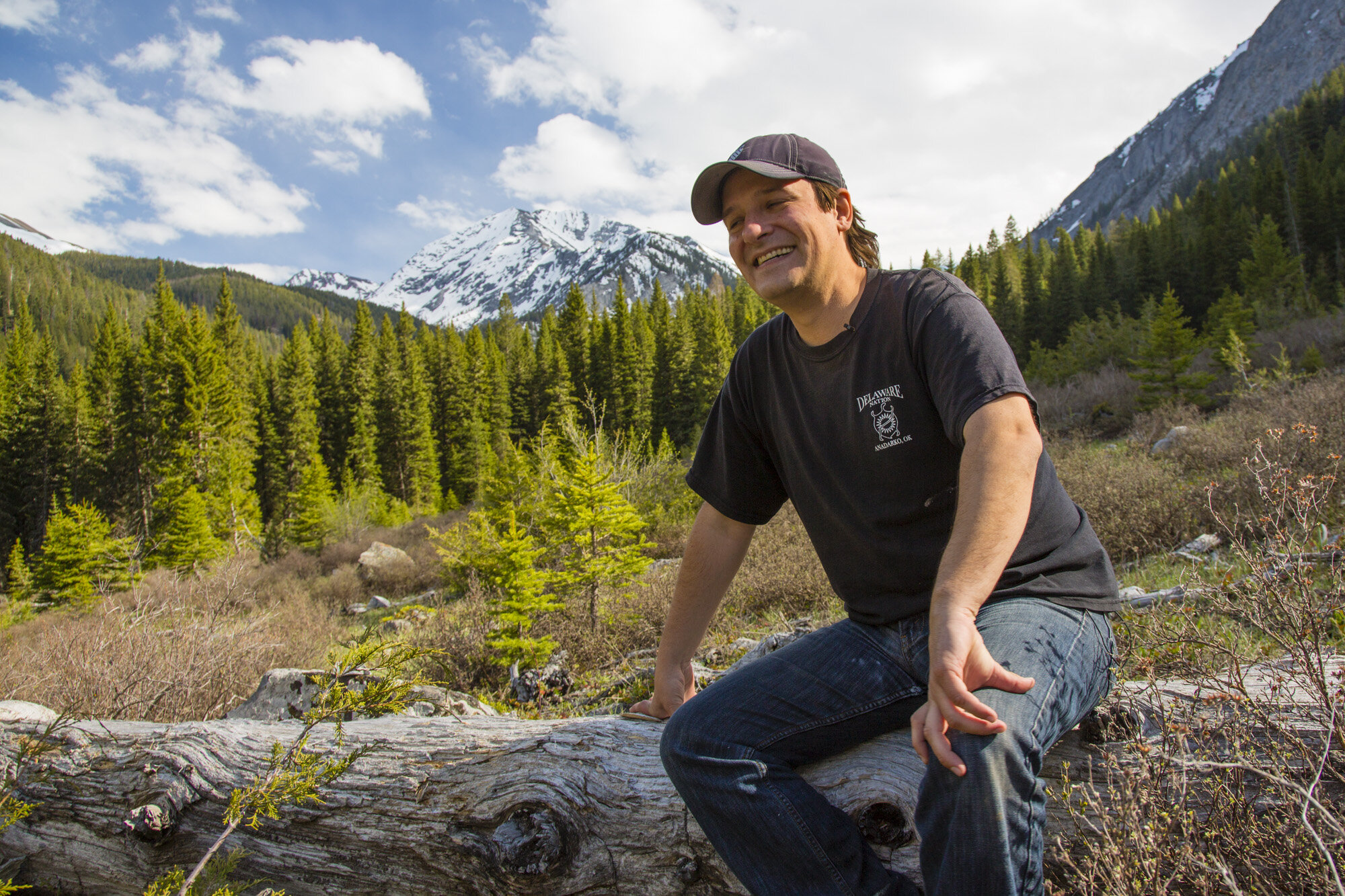
Interview with Joe Whittle, backcountry ranger, photojournalist, and resident of Wallawa County, Oregon.
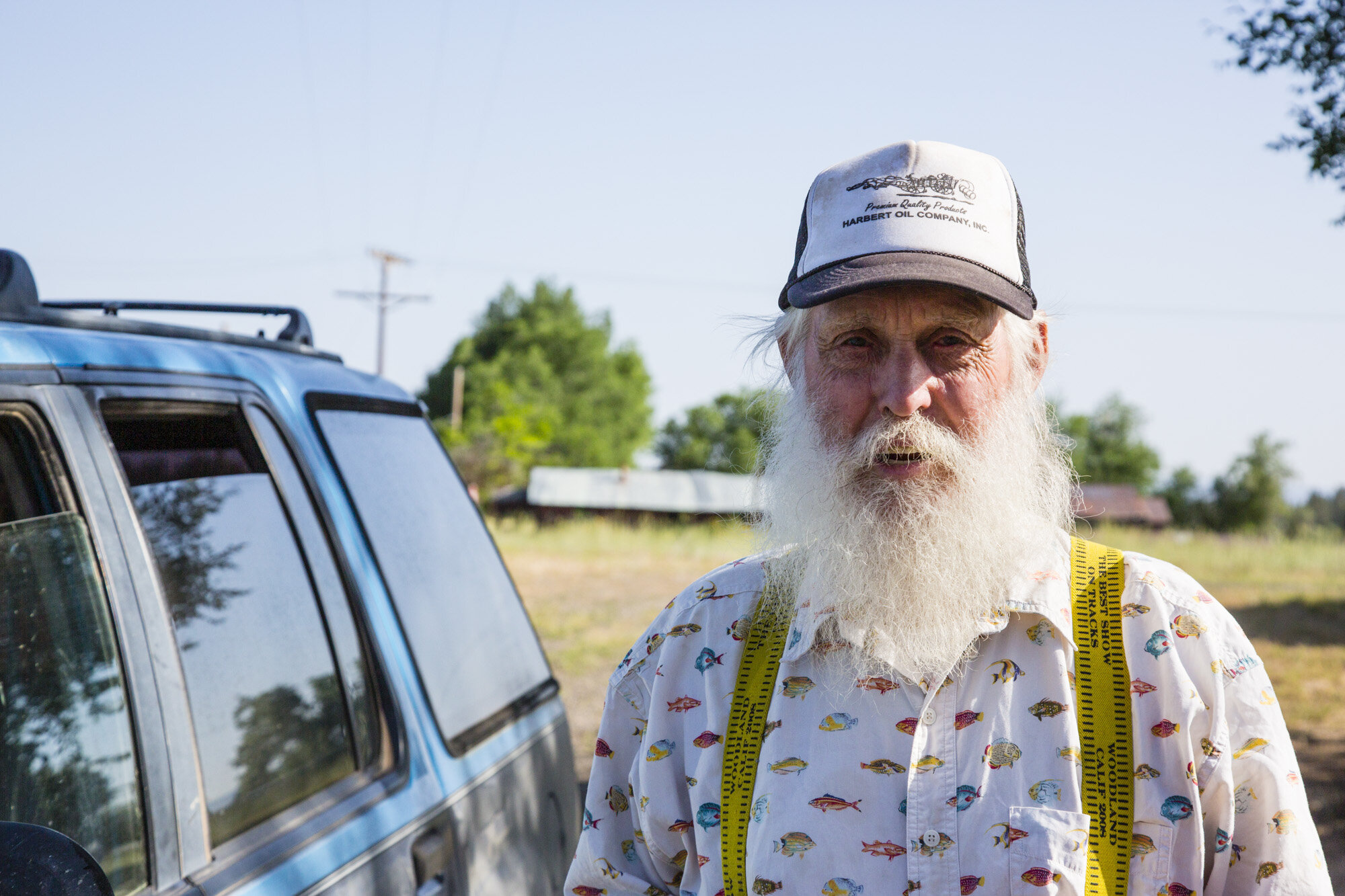
"Shepard" is a life long resident of Lookout California. A talkative fellow, he was particularly interested in machinery and old time stuff. He loves history. Abe Lincoln is his favorite president but he is concerned about a "One-world government." That day he was heading to Alturus to bring his wife home from the "fancy prison" (hospital or nursing home). "Nothing sounds better than a smooth running 2-cylinder John Deere."
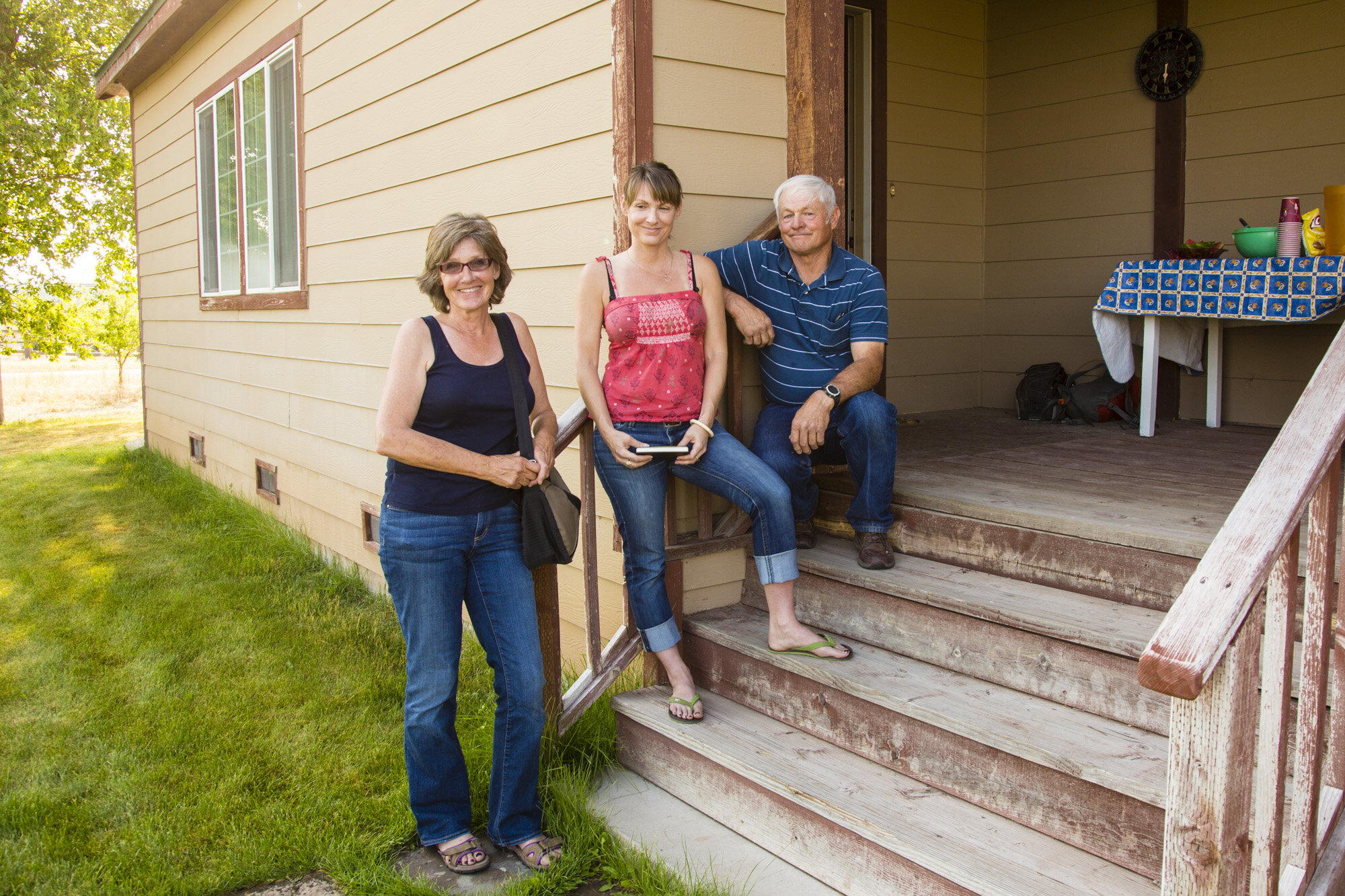
Lennie, Edna, and Shelley (daughter) Eades. Owner of the the Potter house in Lookout California. This family put us up for the night. Lennie shared: "We like bikers a whole lot more than wolves."
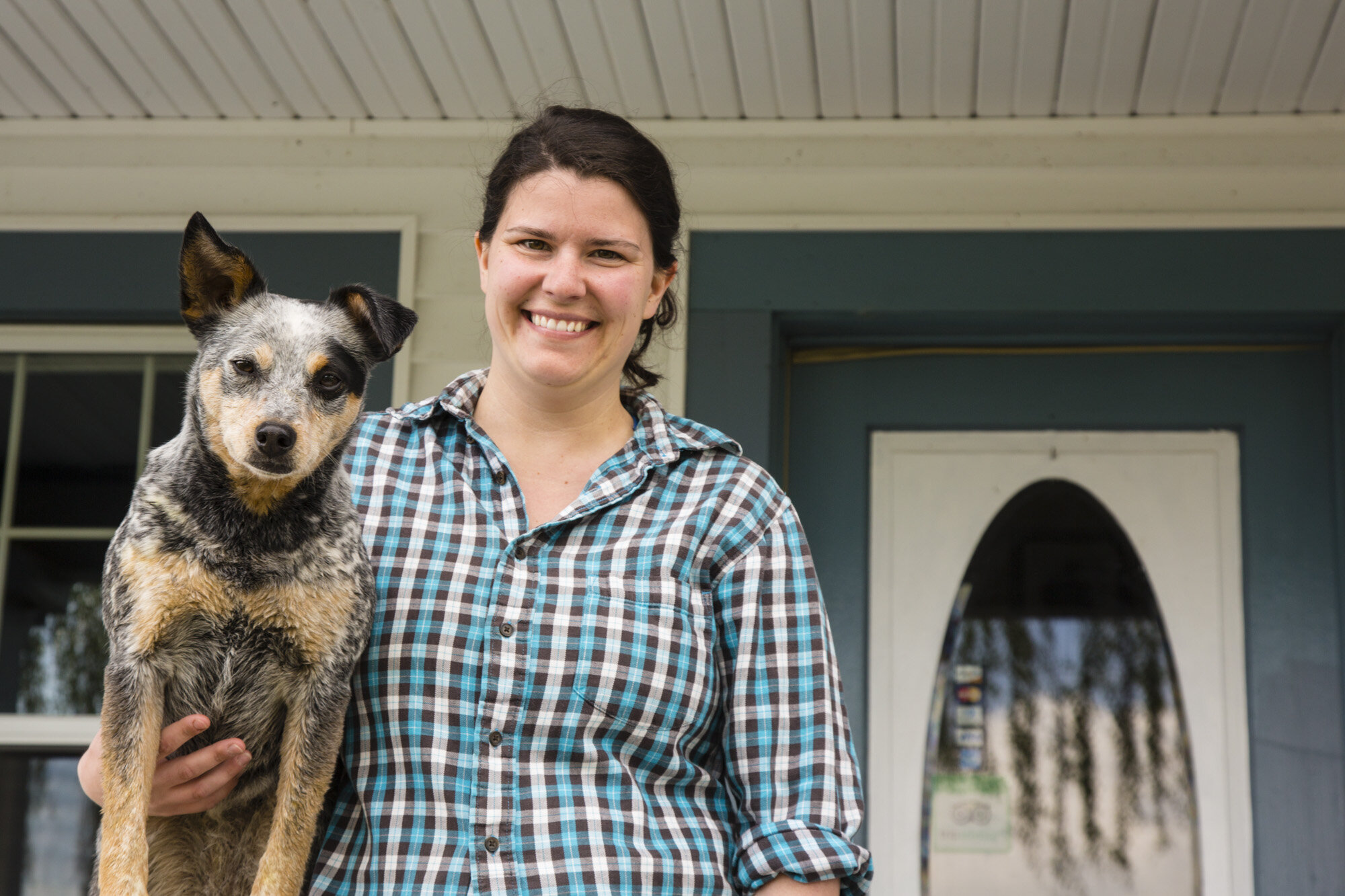
Emily Klavins, proprietor of Barking Dog farm, Bed and Breakfast, Wallawa County, Oregon.
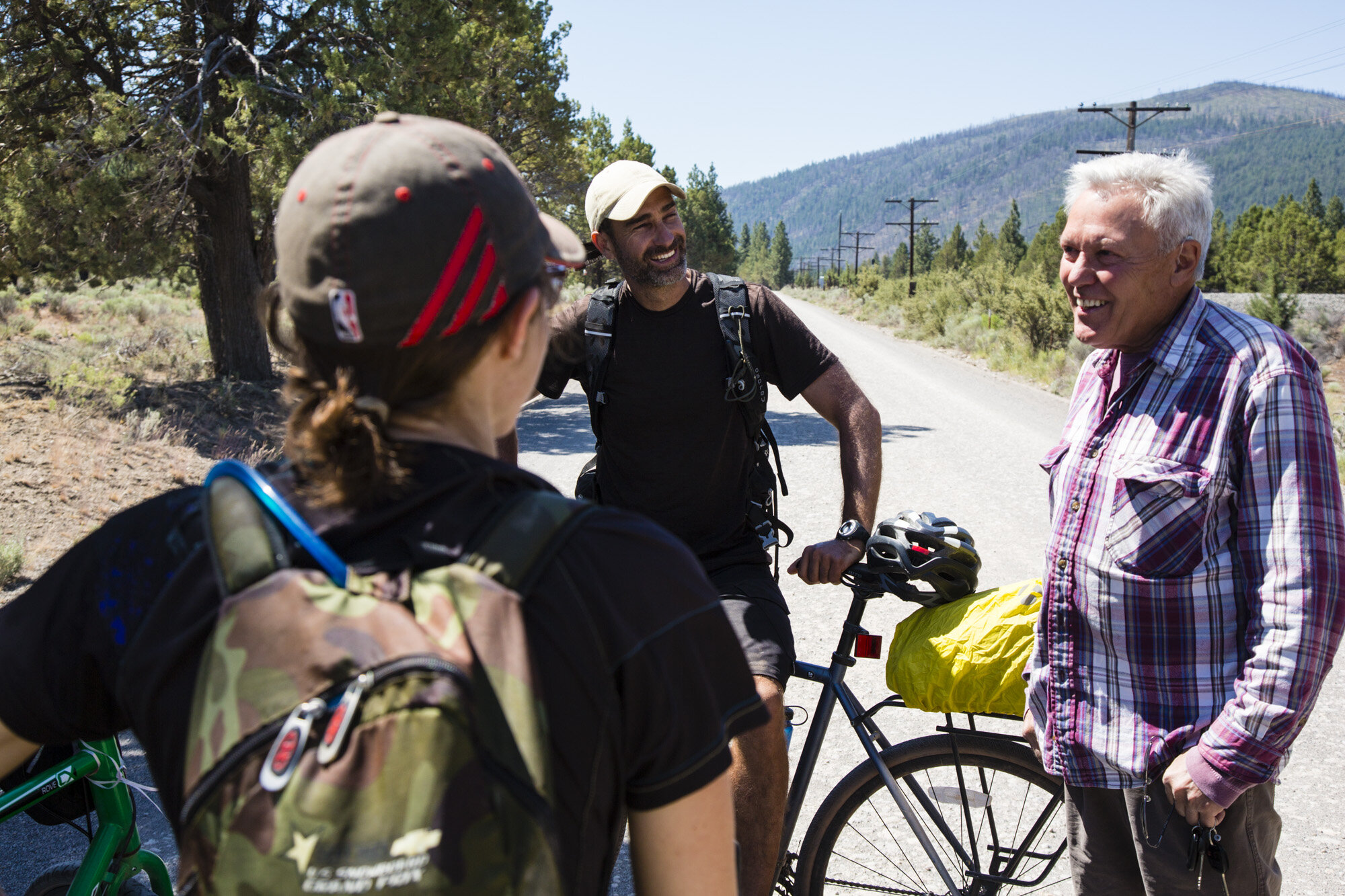
Meeting Loch Jones, owner of Devil’s Gate ranch who hosted us during our expedition.
